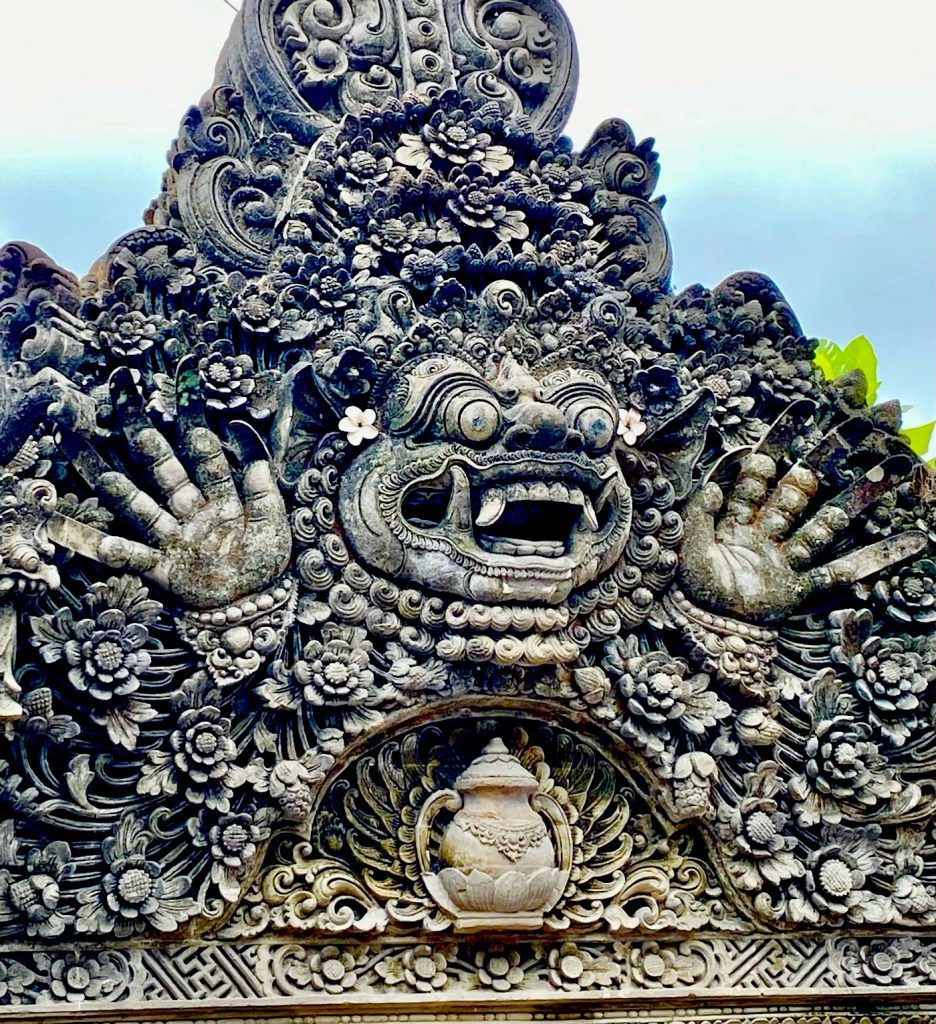Day 84 - Afterthoughts And Conclusions From Walking The Kyushu 108 Temple Pilgrimage In Japan, And Hello From Bangkok And Bali
Photos From Bali:
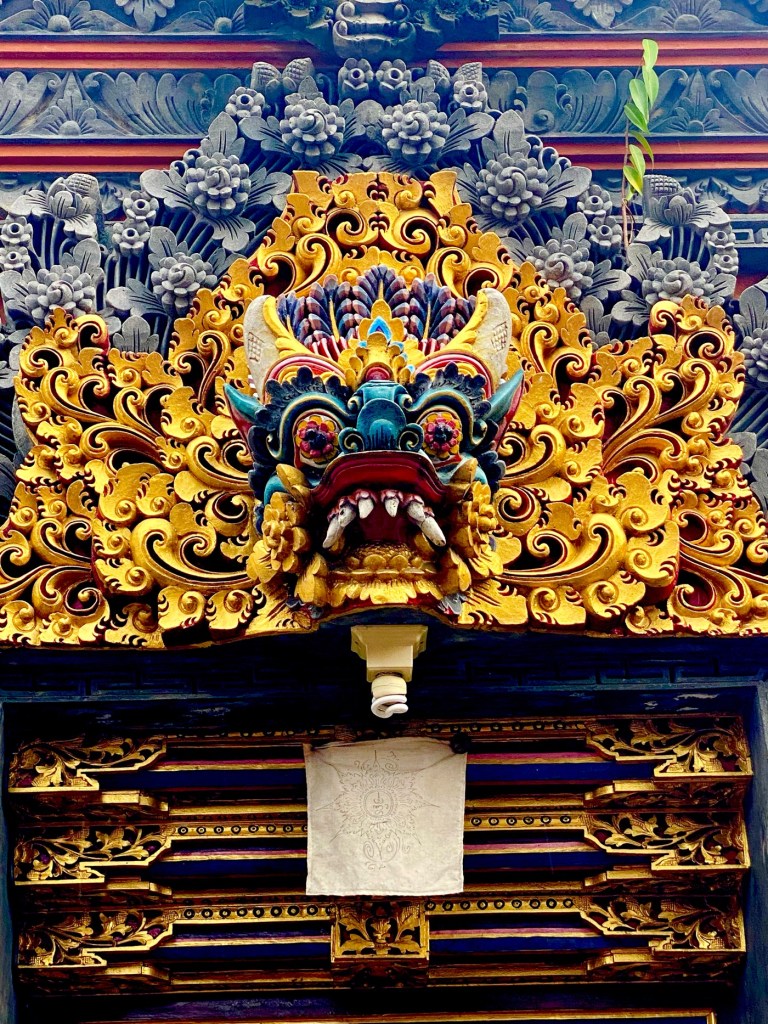
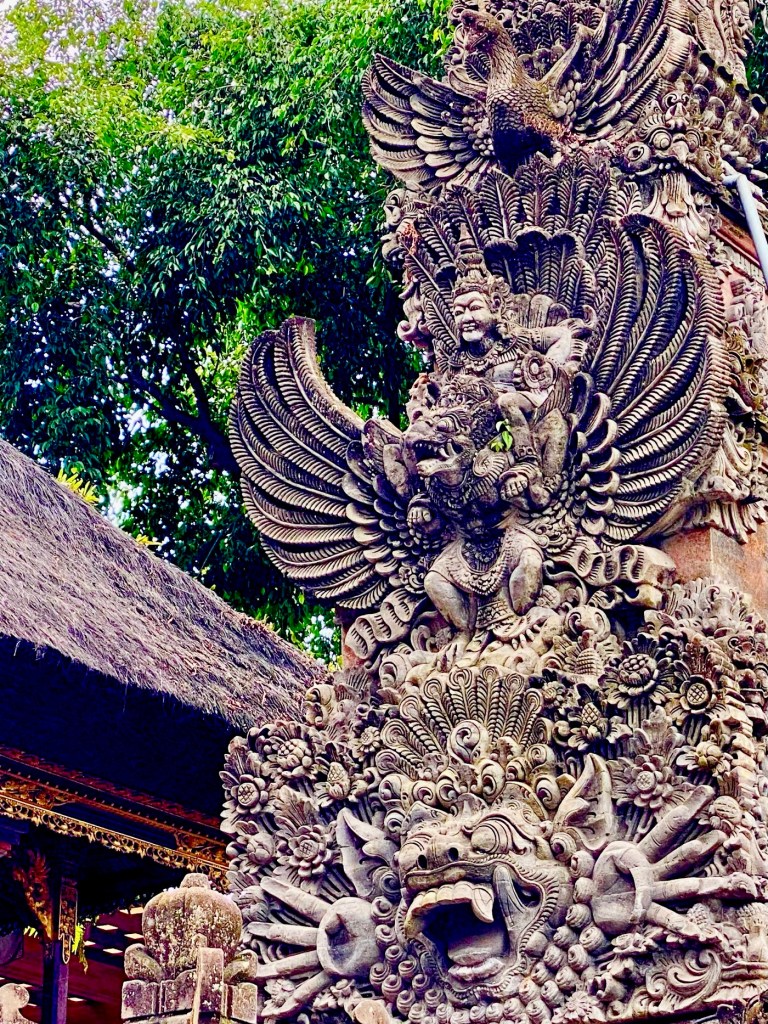
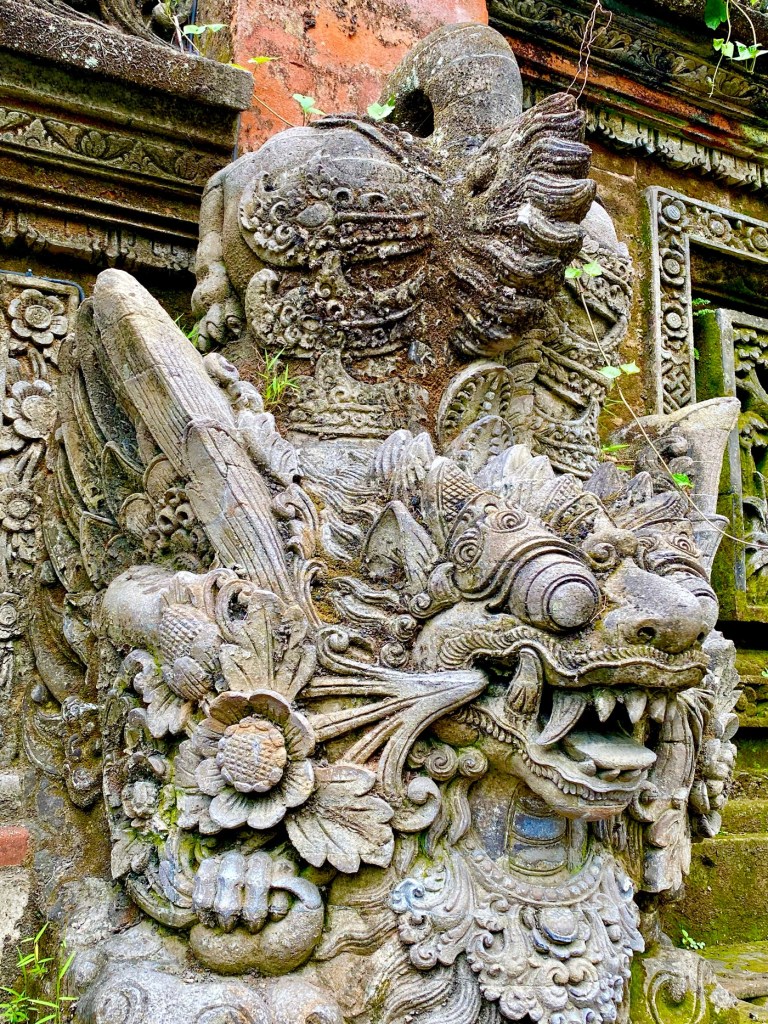

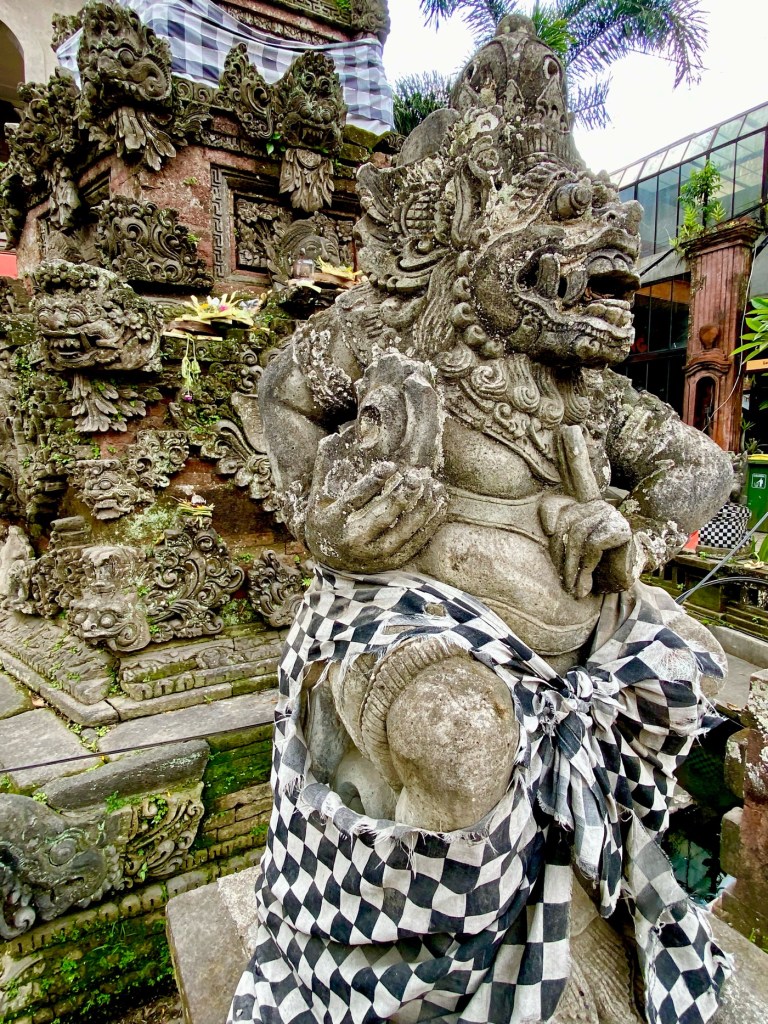
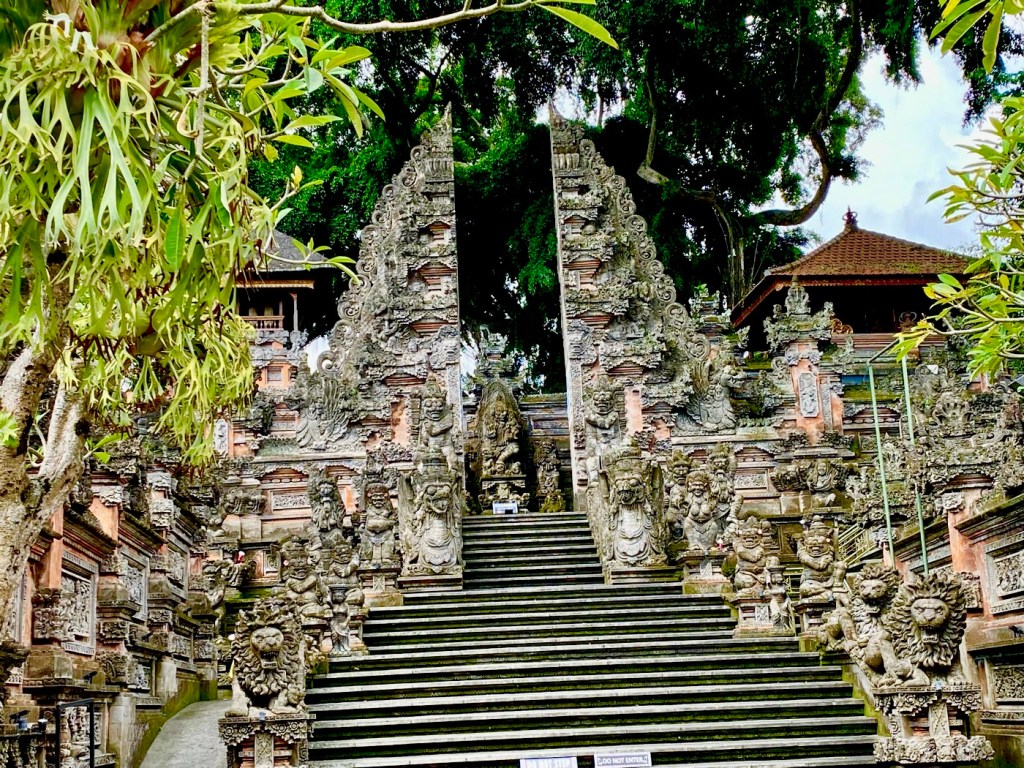
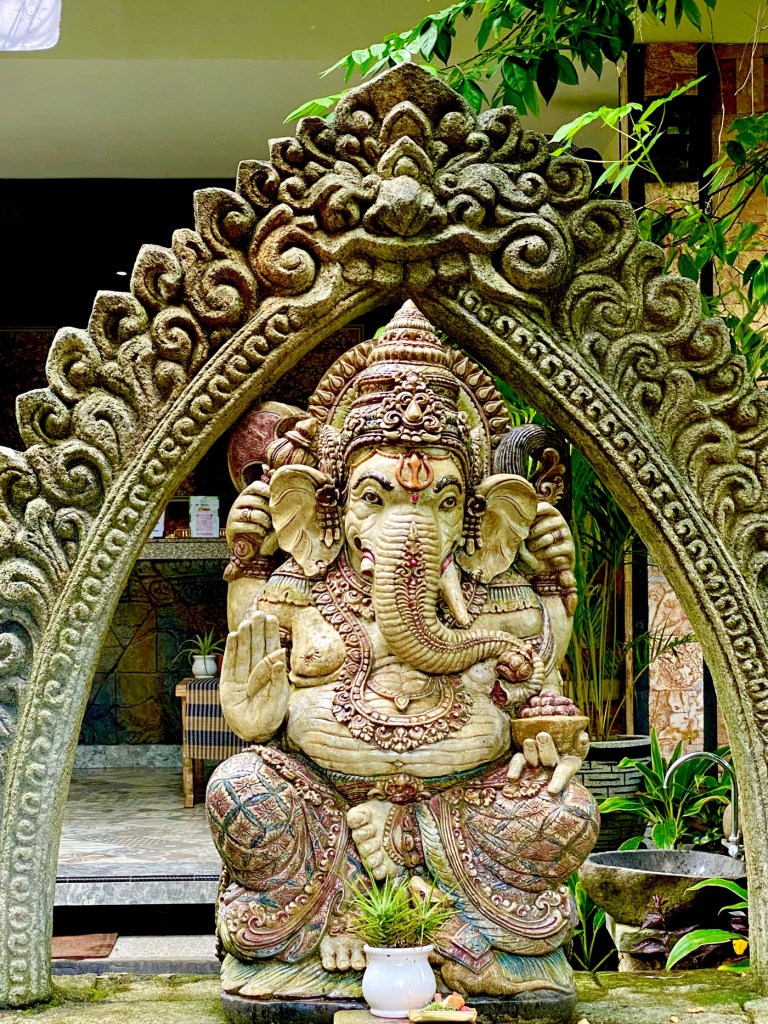
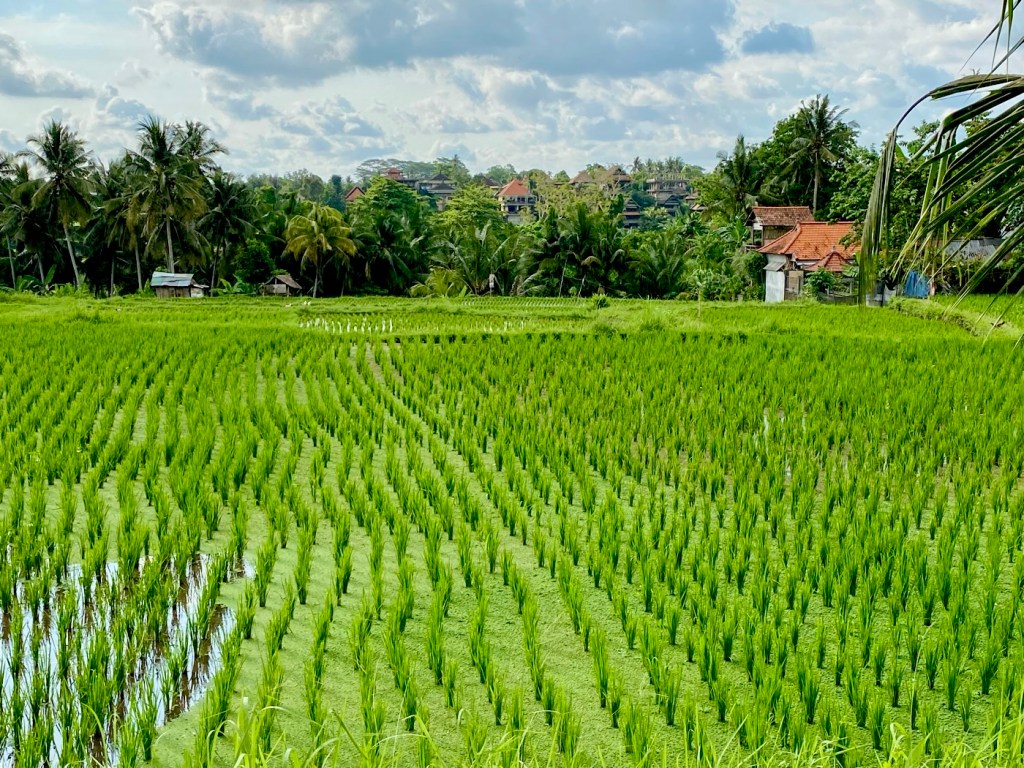

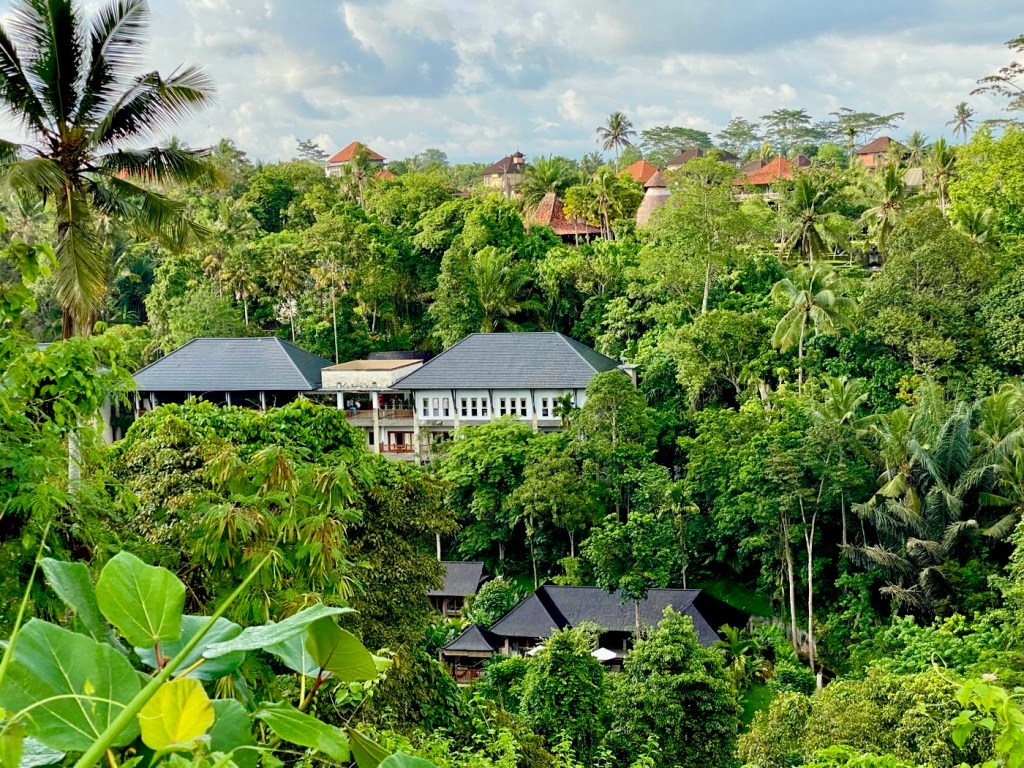

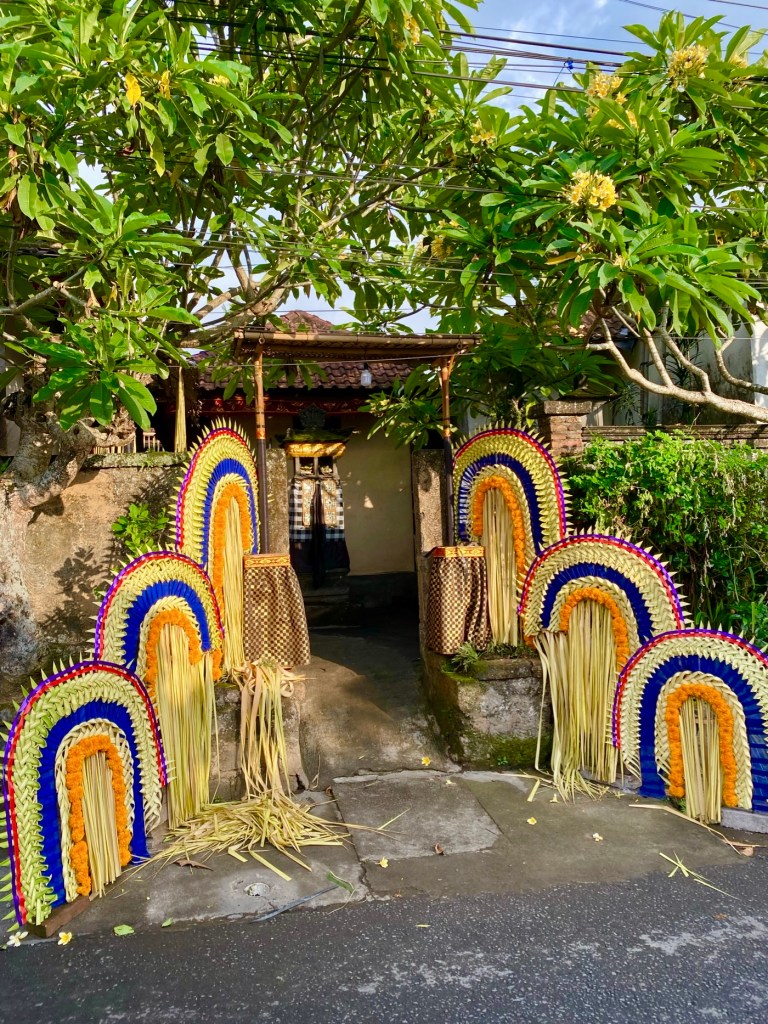
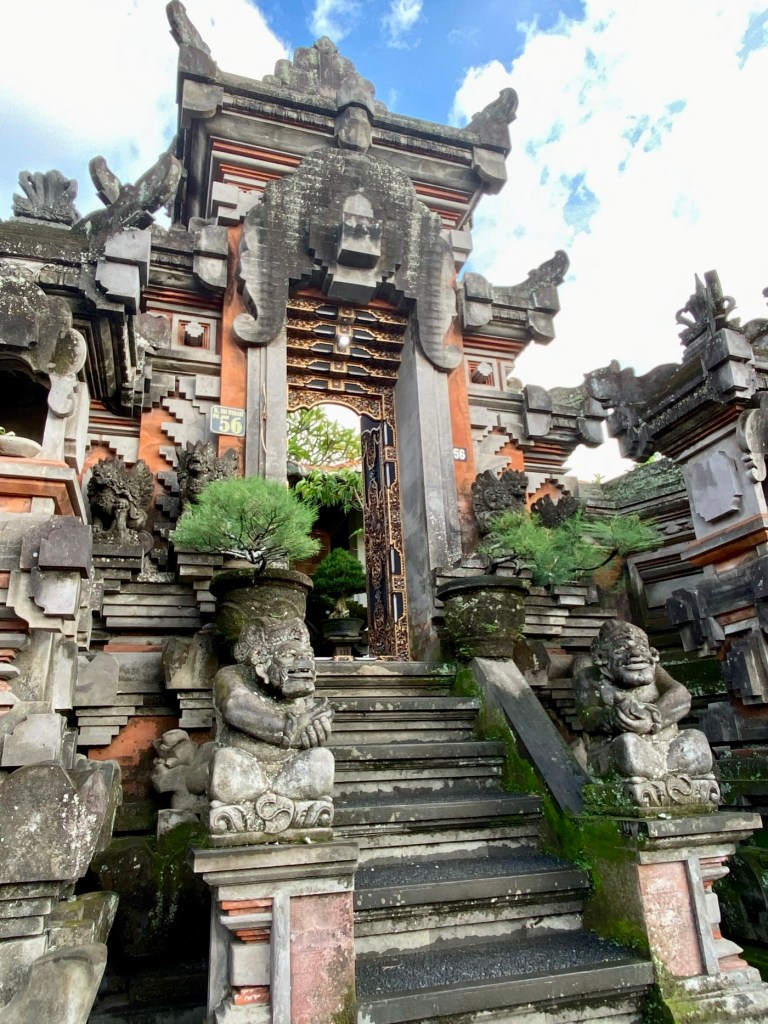
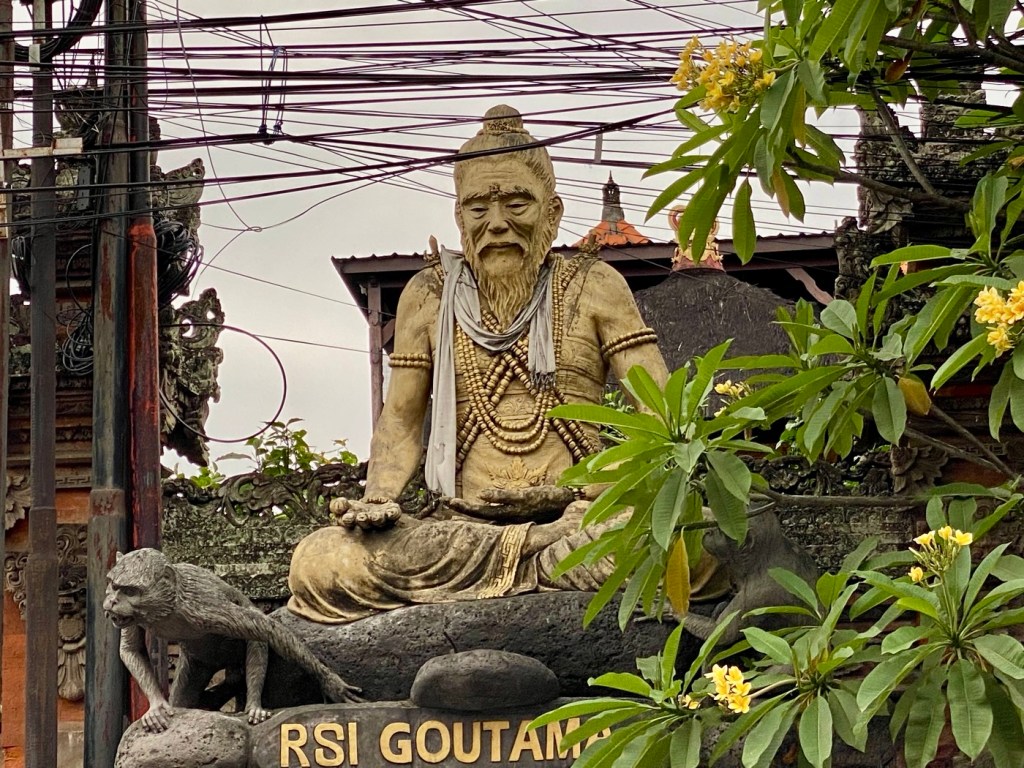


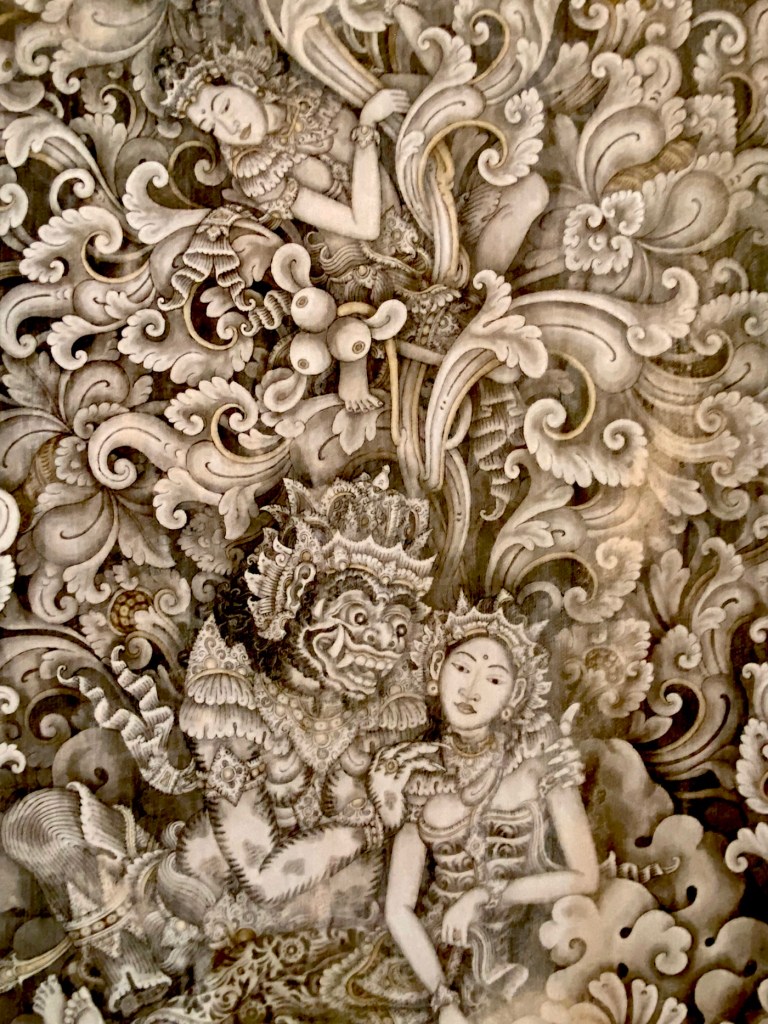
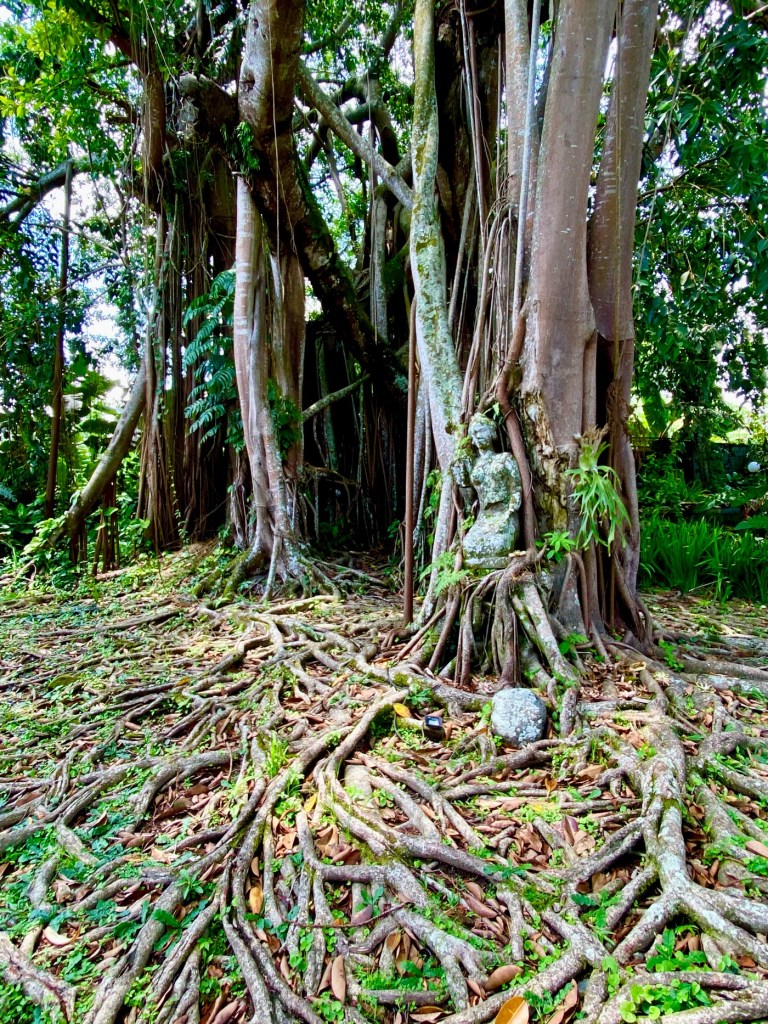
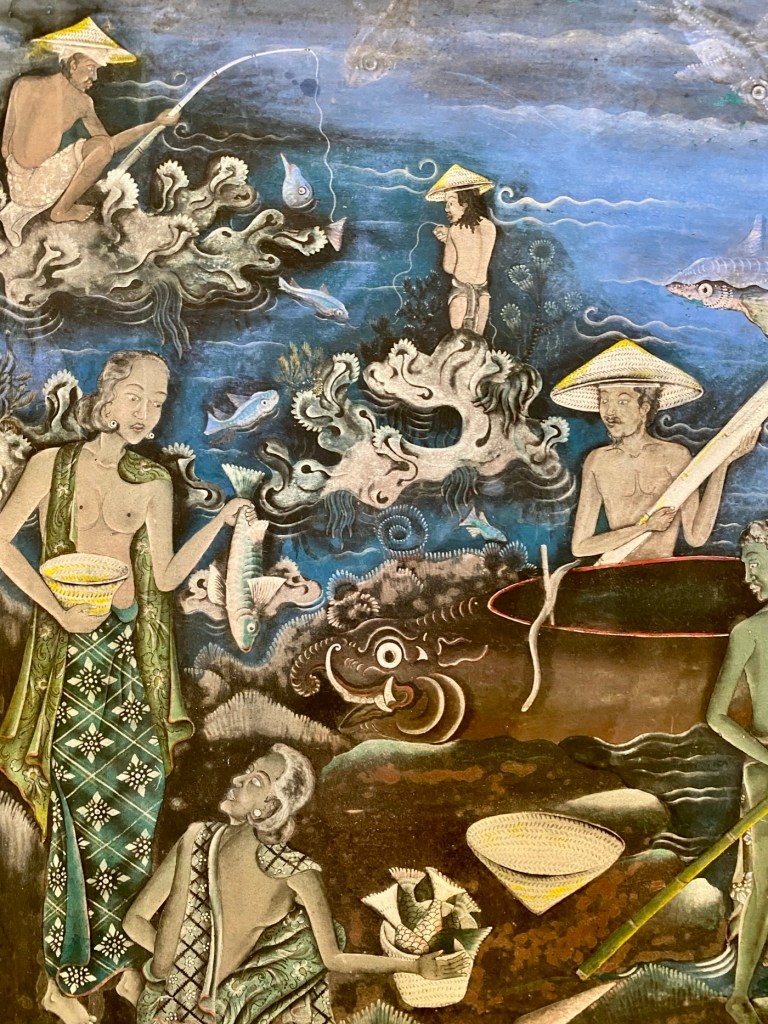
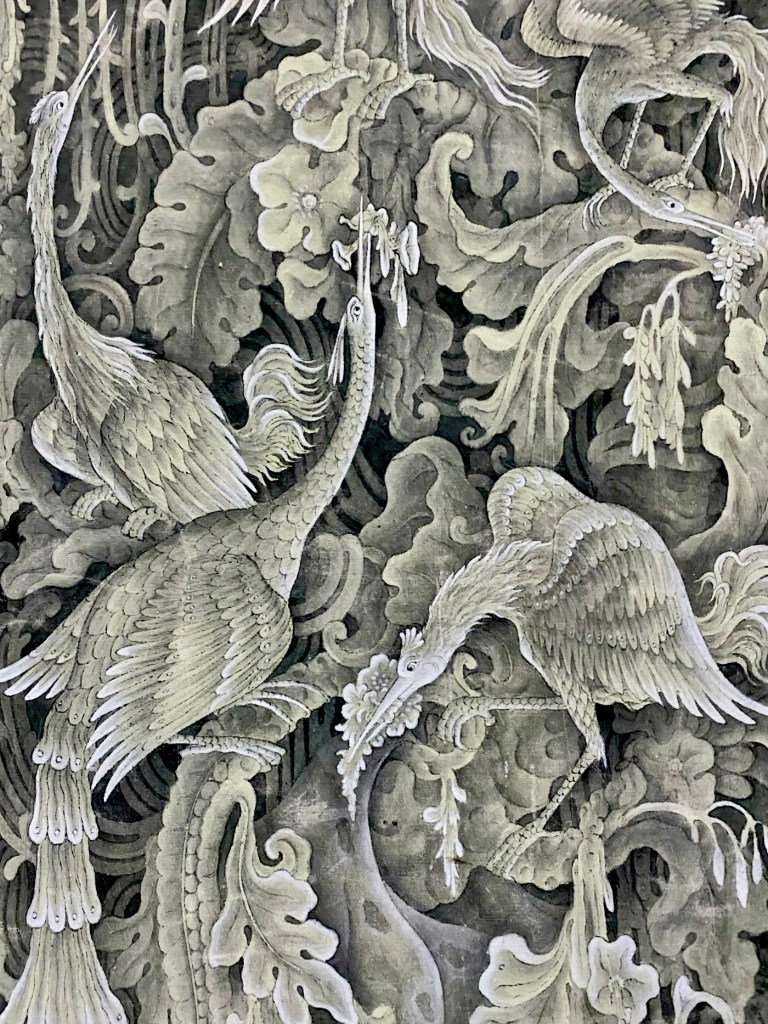

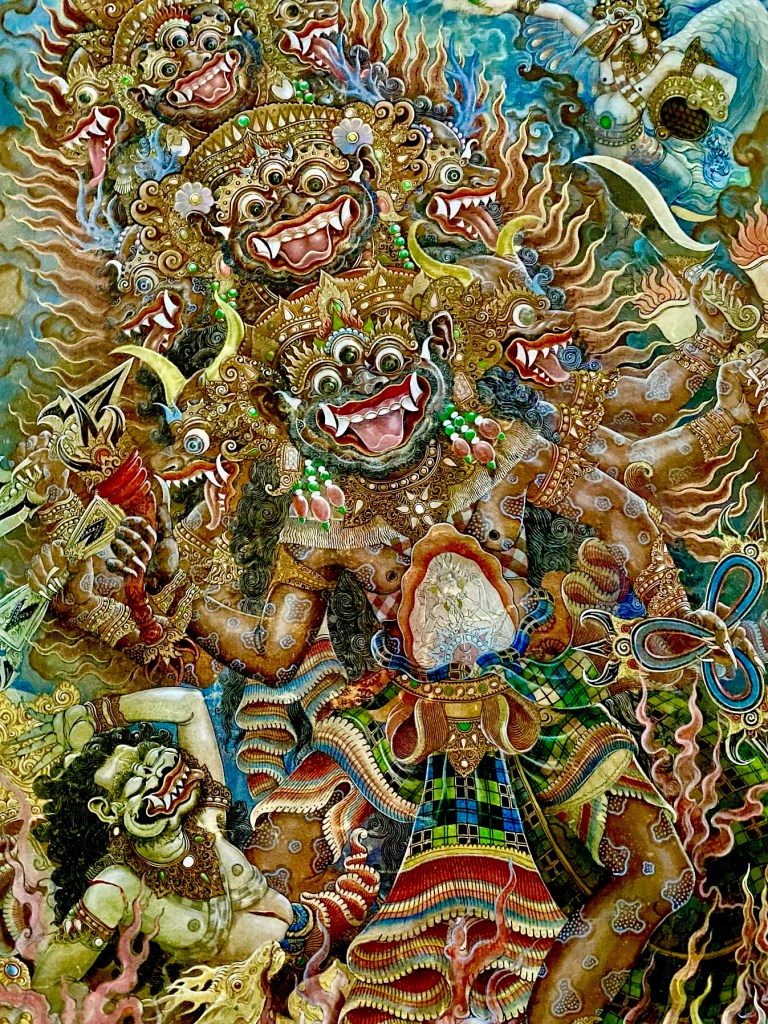
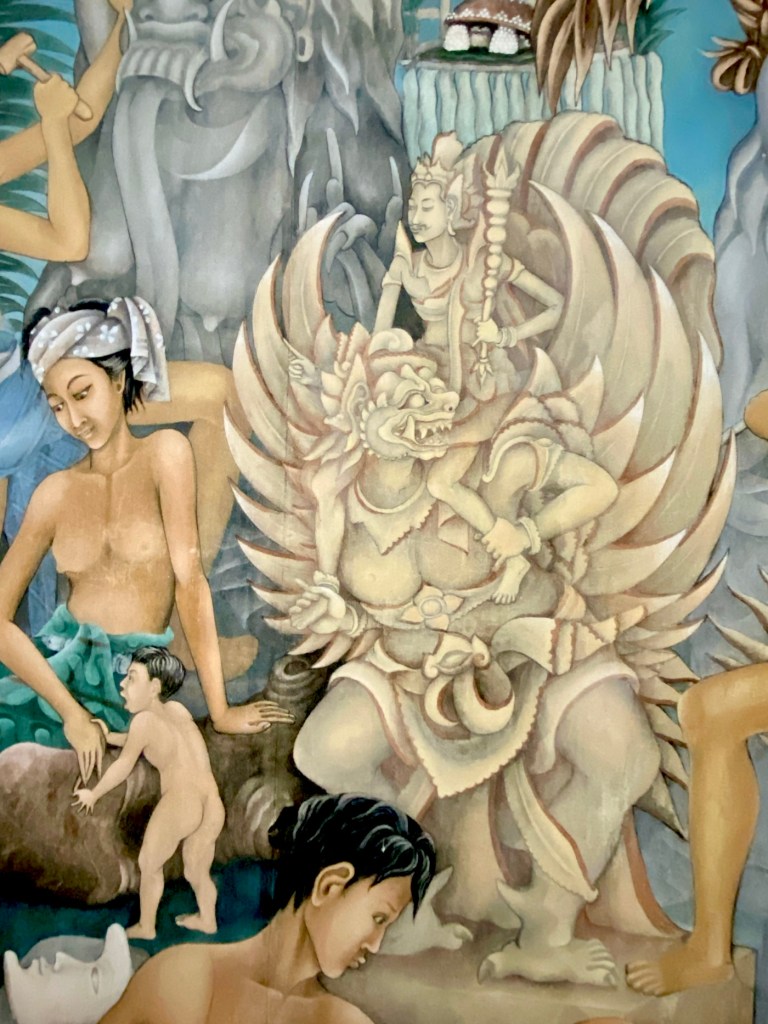
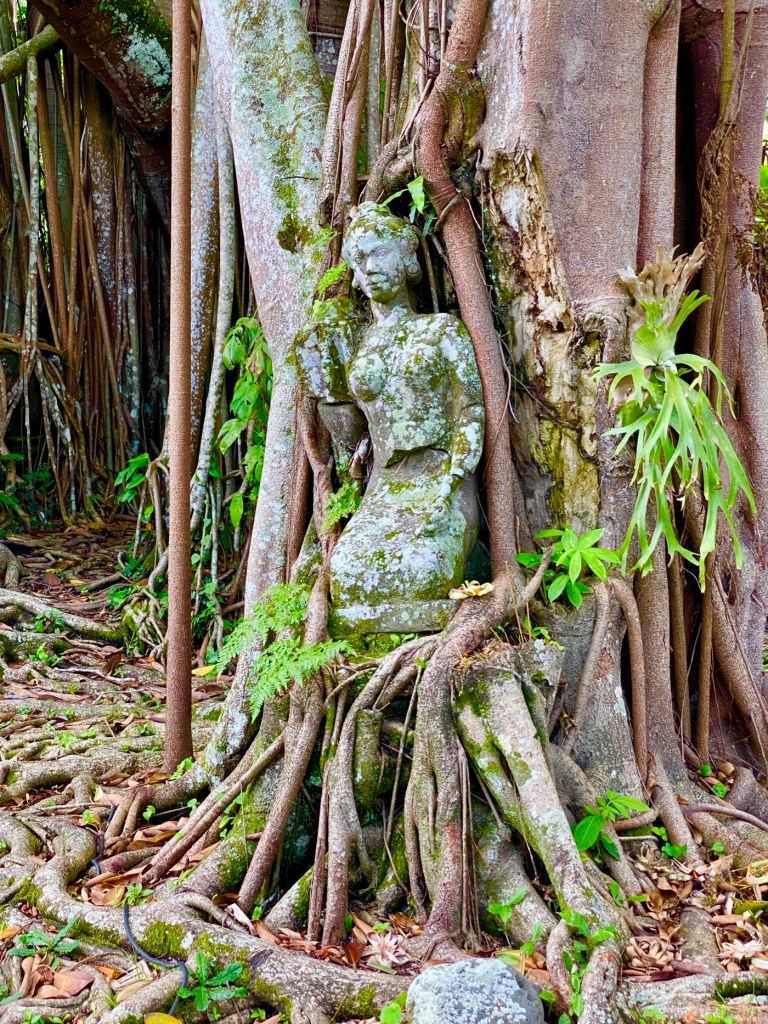
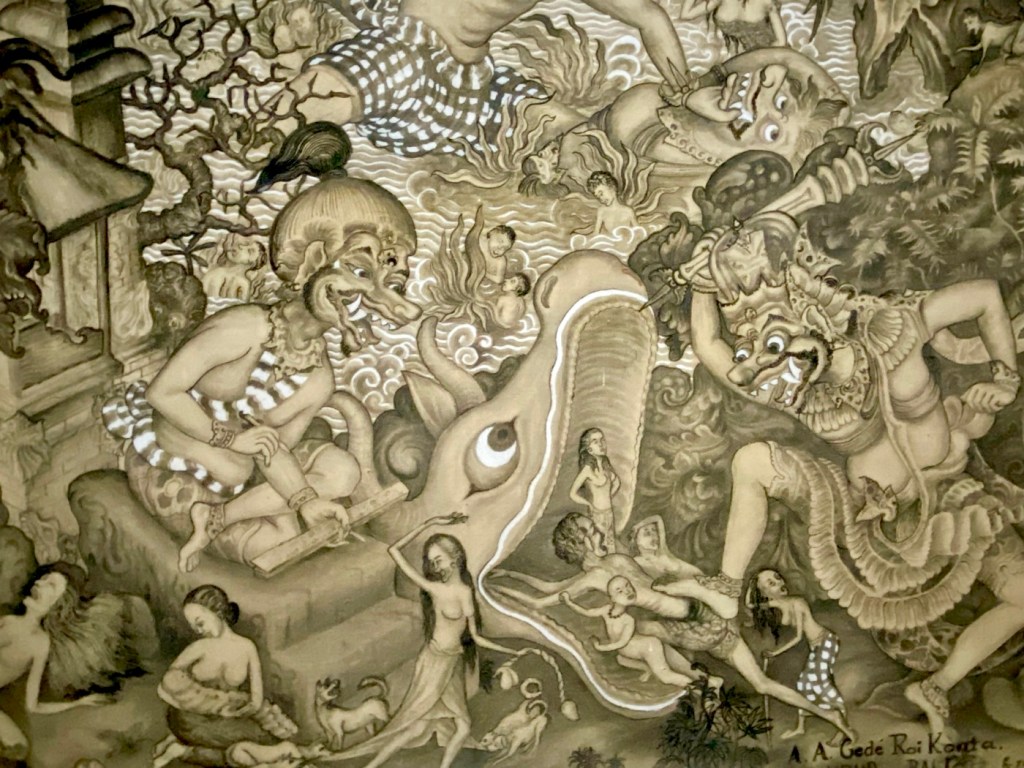
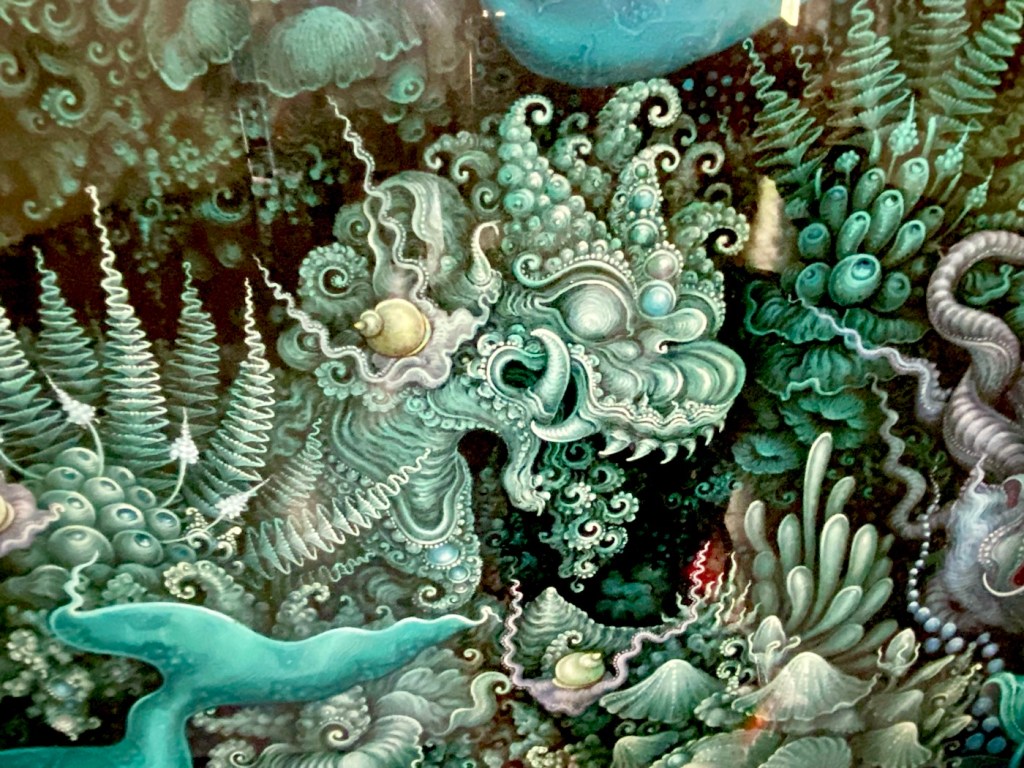

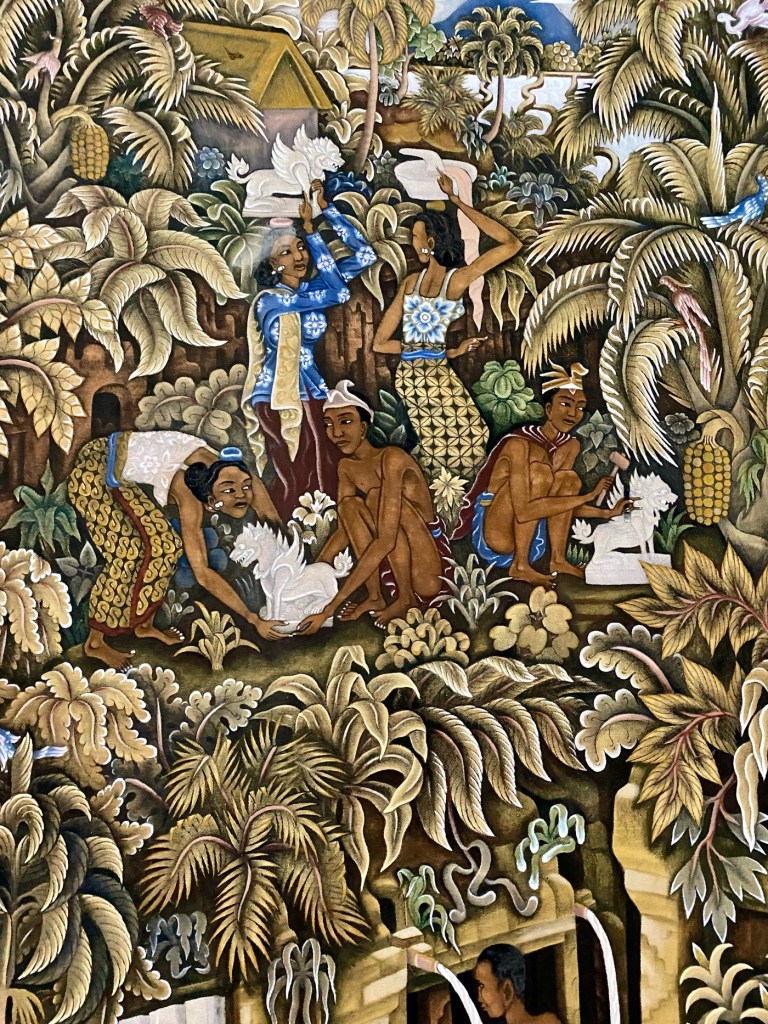
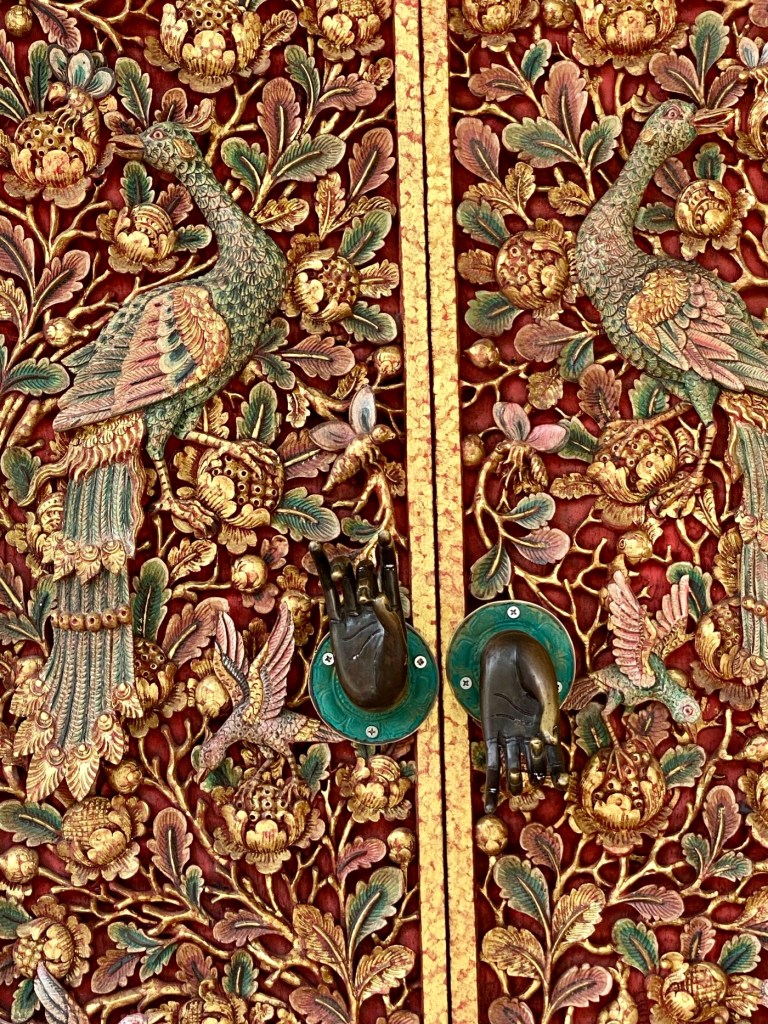
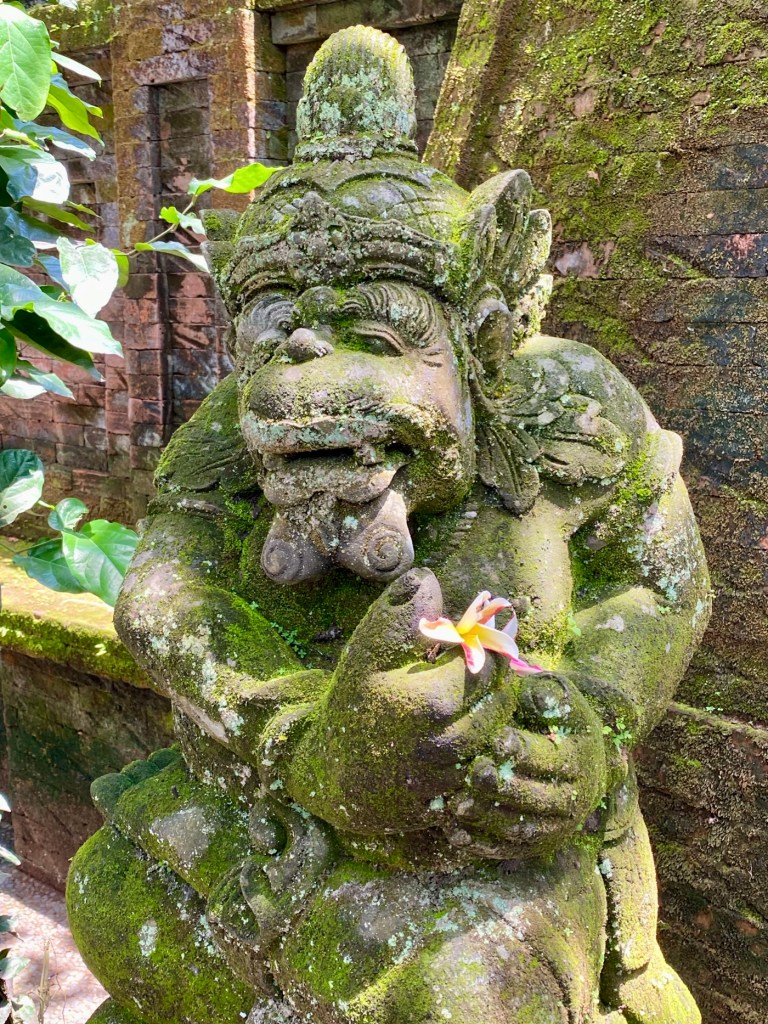
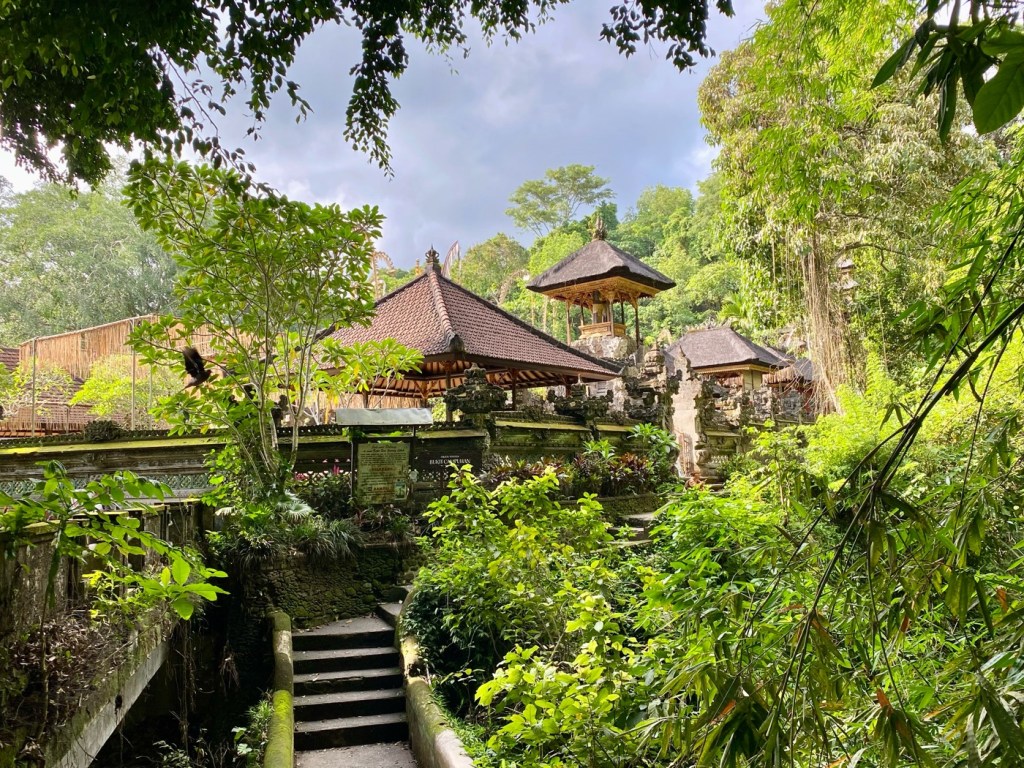
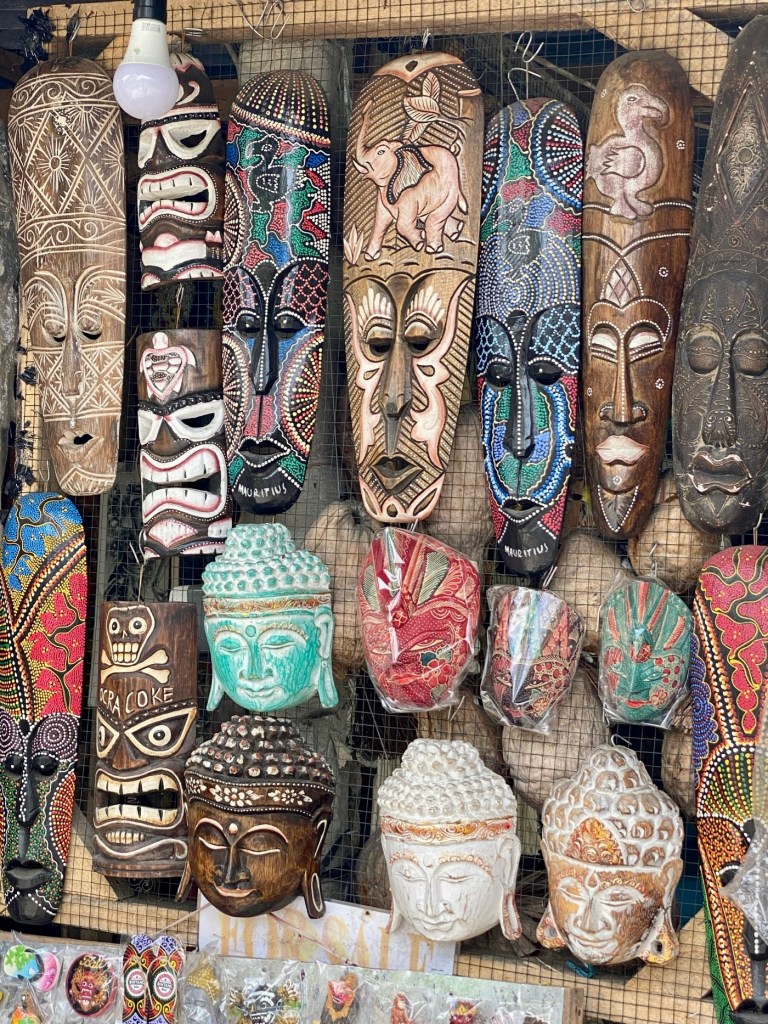
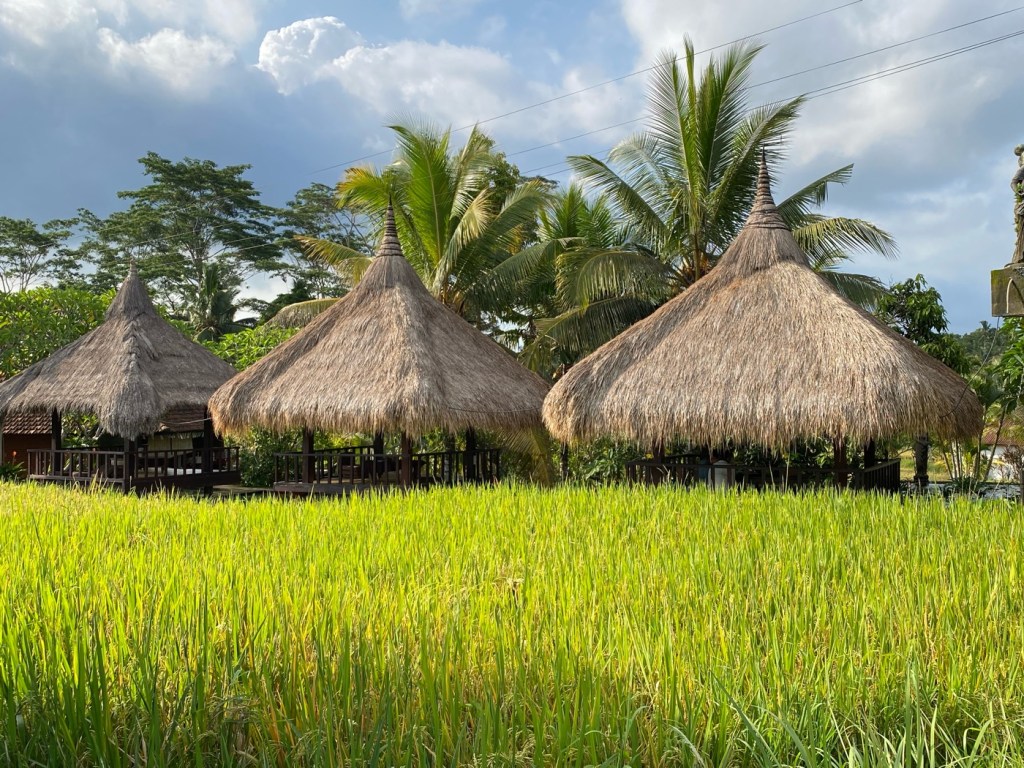
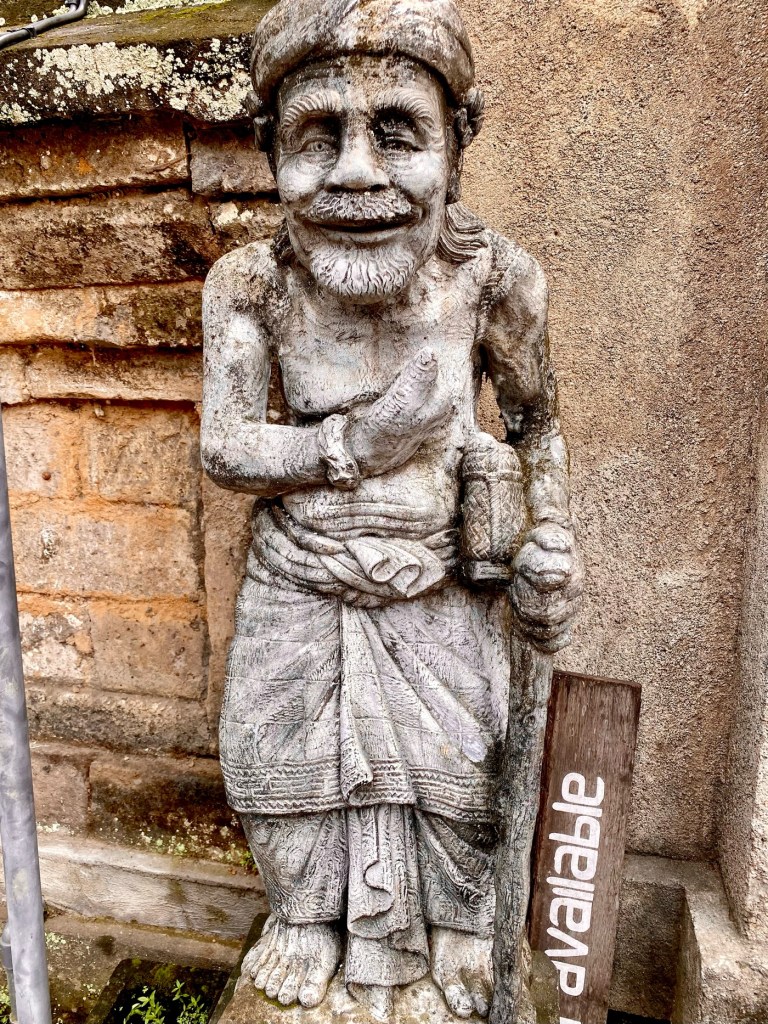
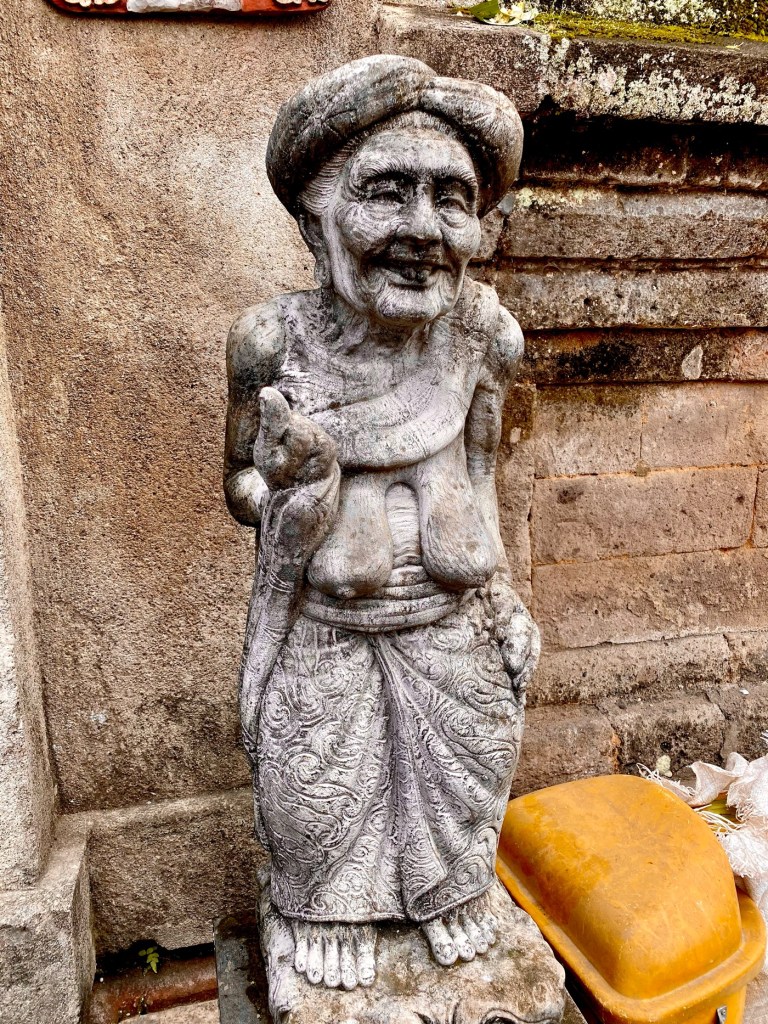
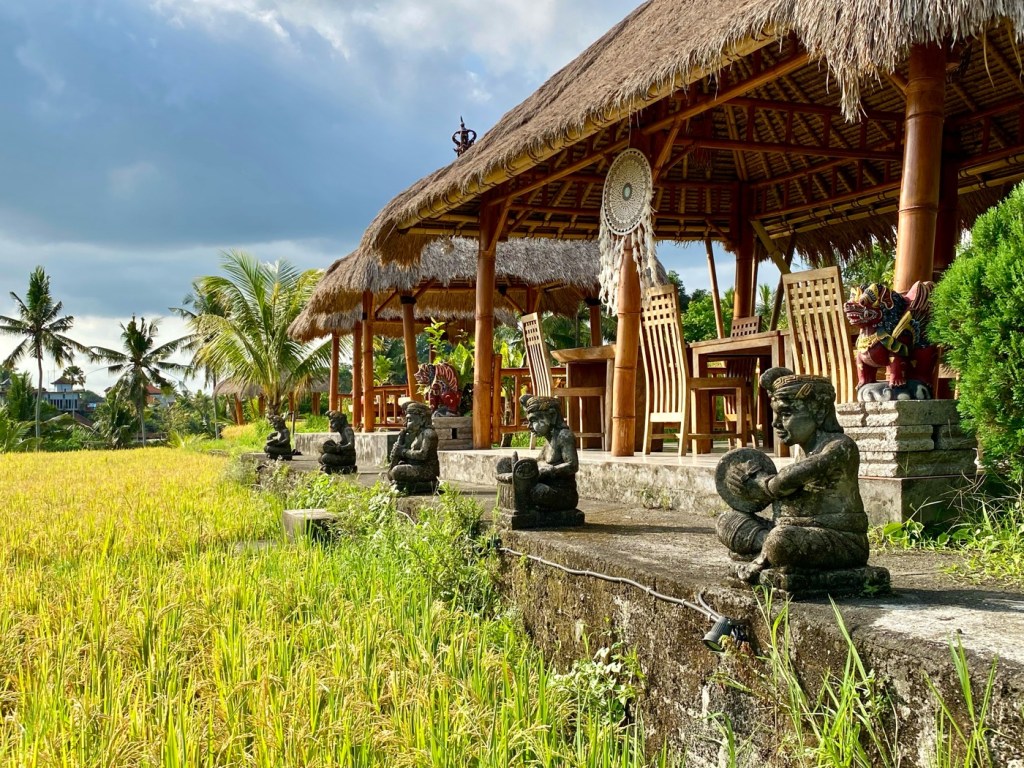
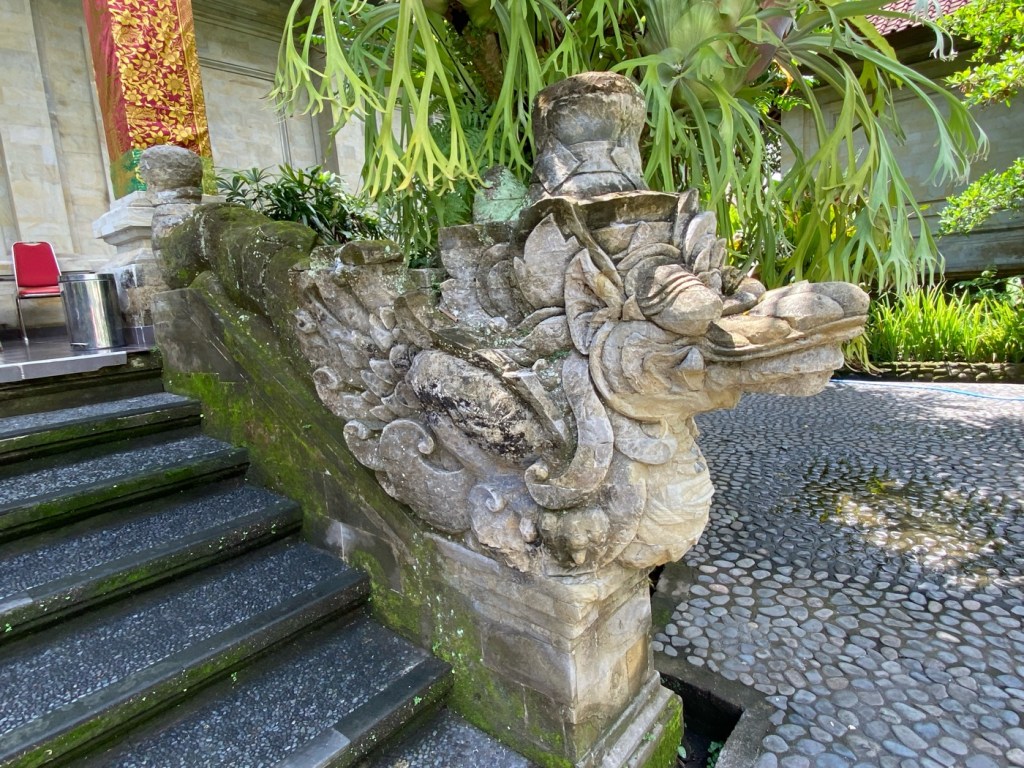
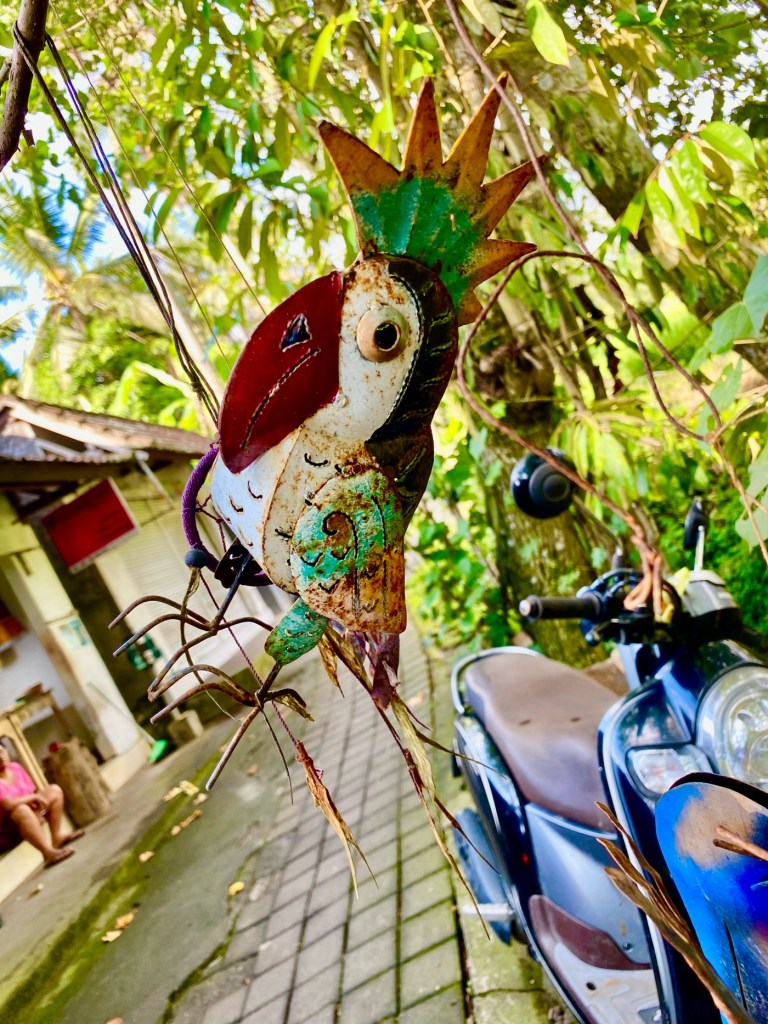
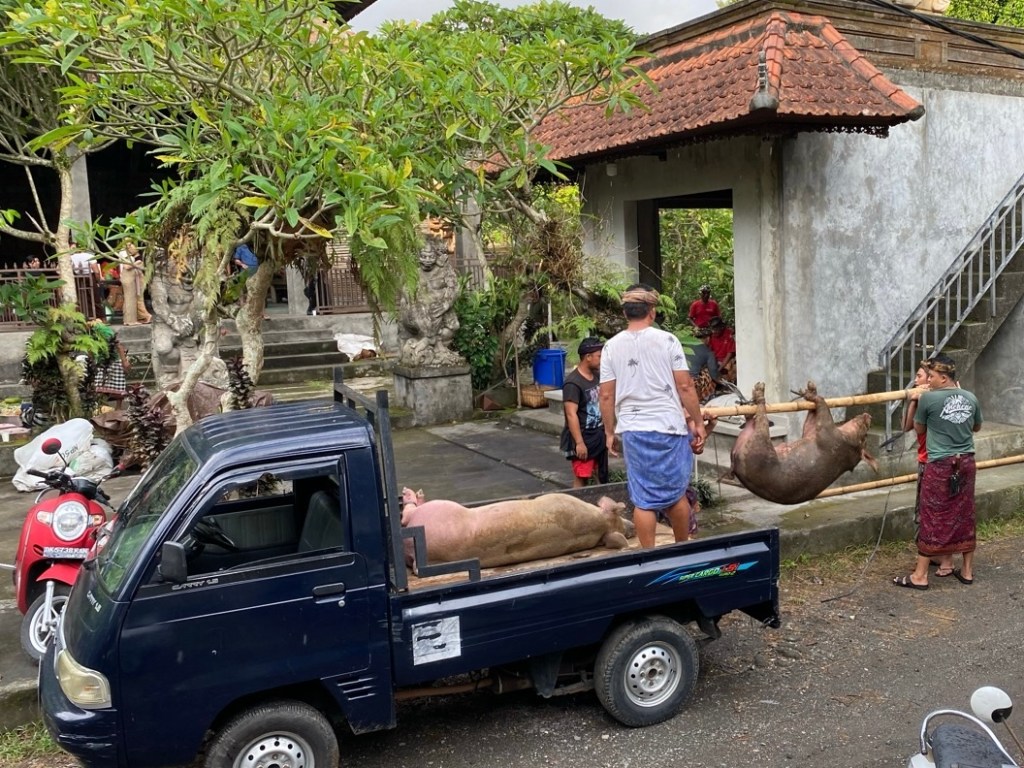
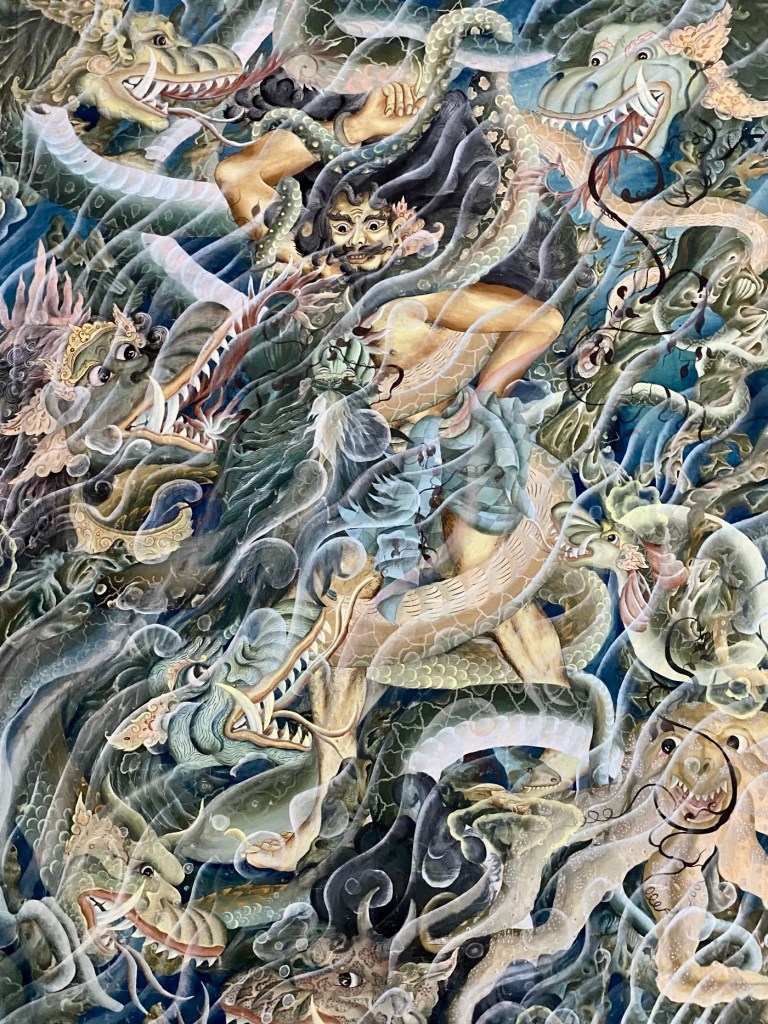
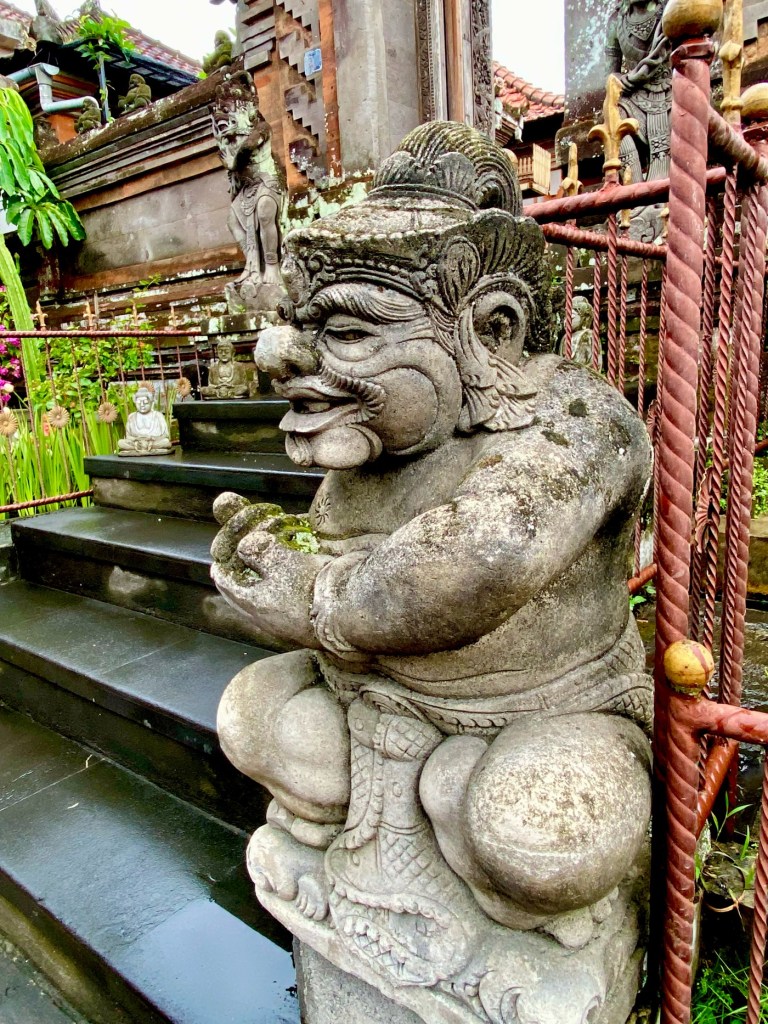
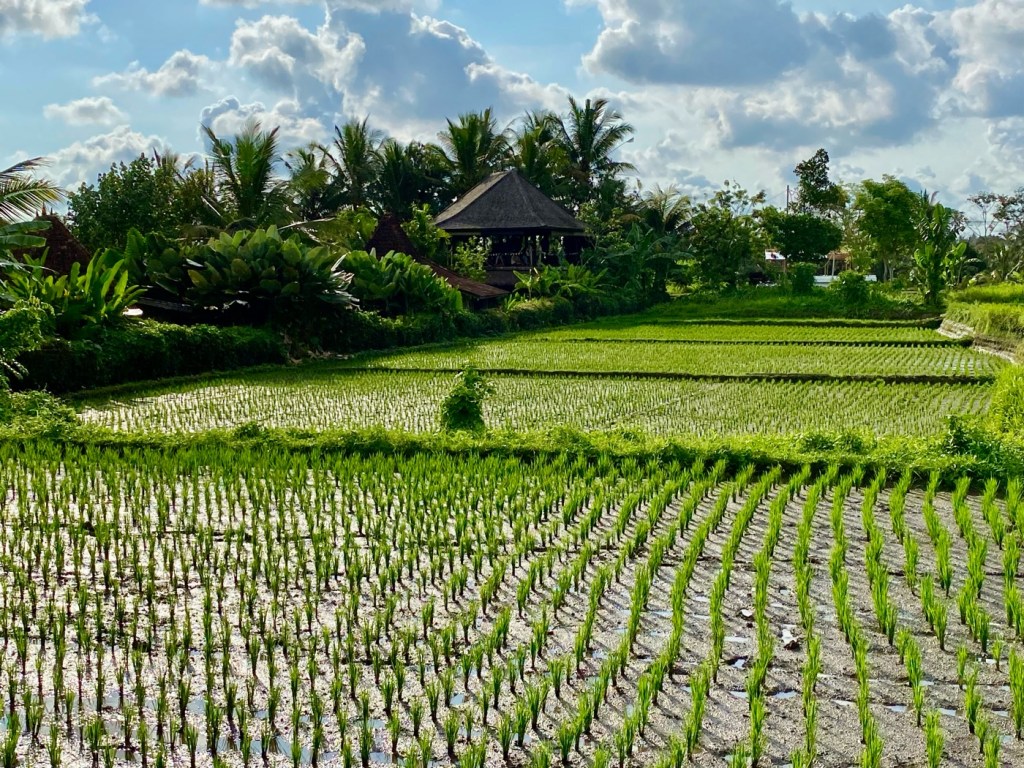
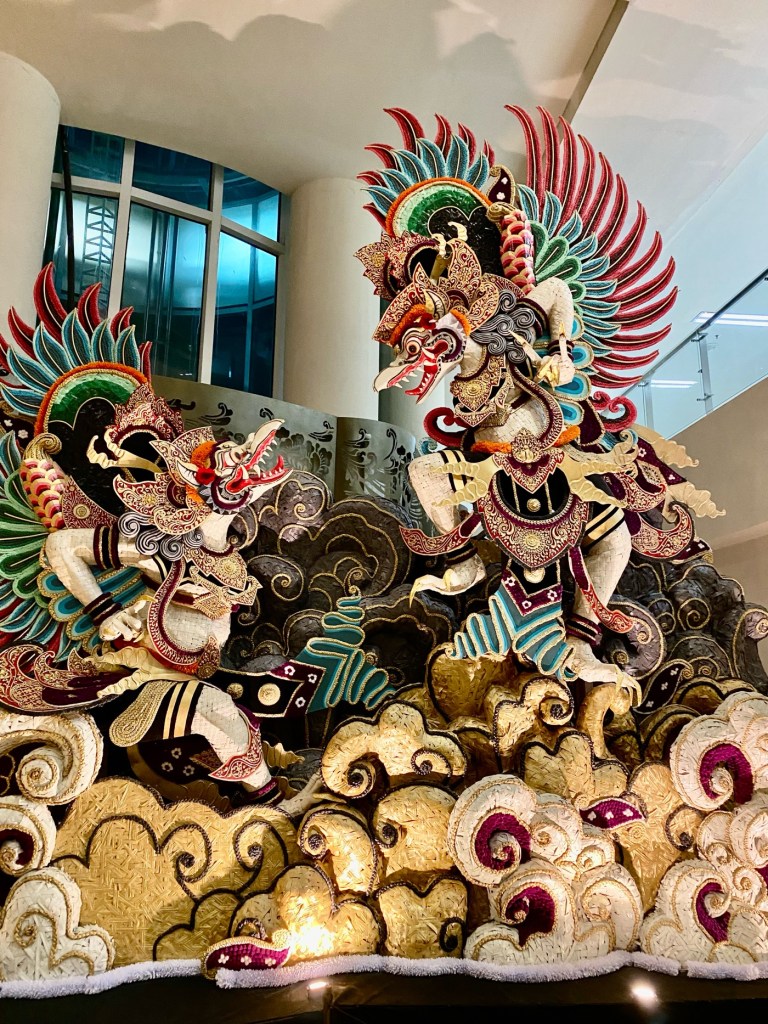 Last Photos From Japan:
Last Photos From Japan:

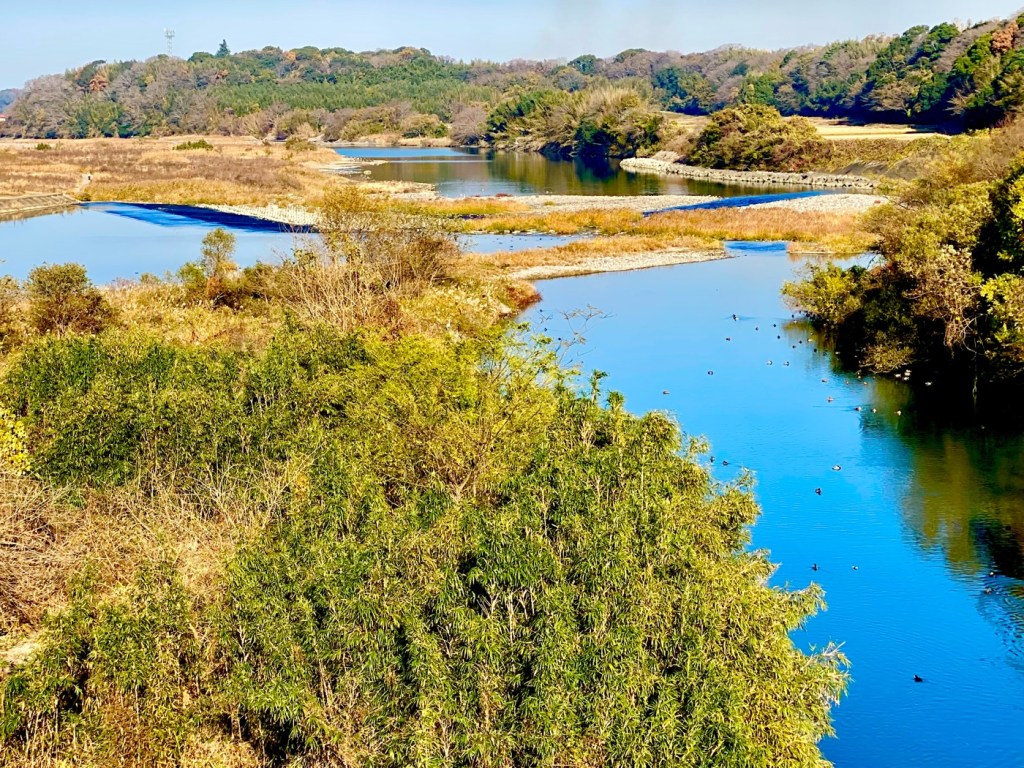
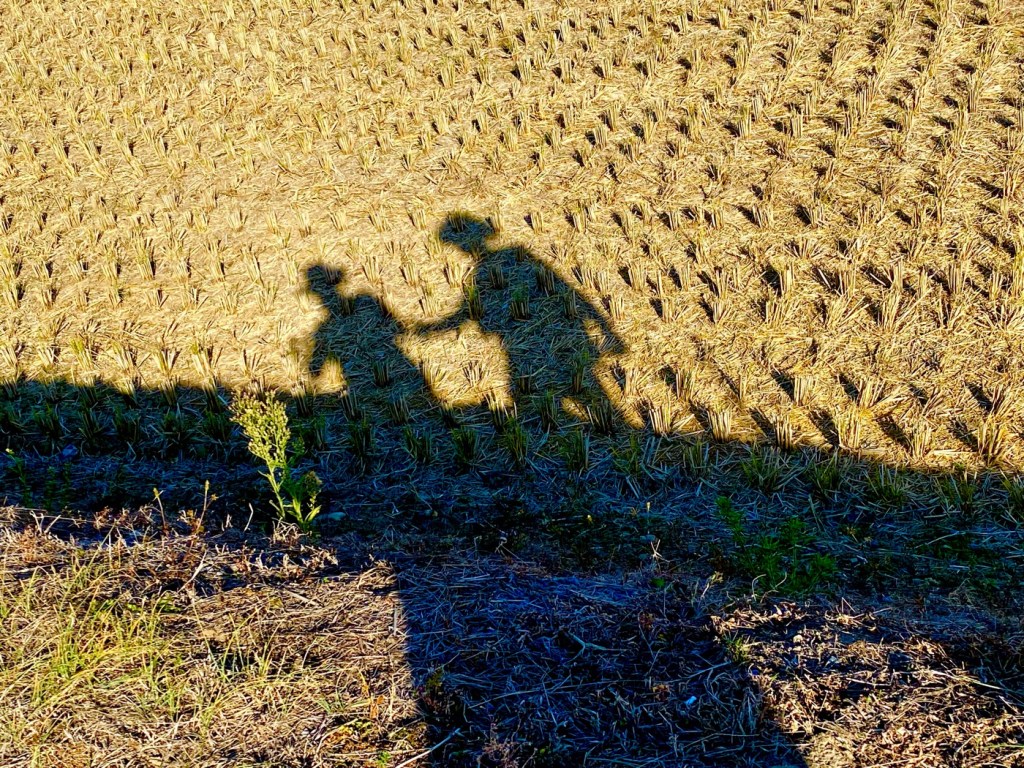
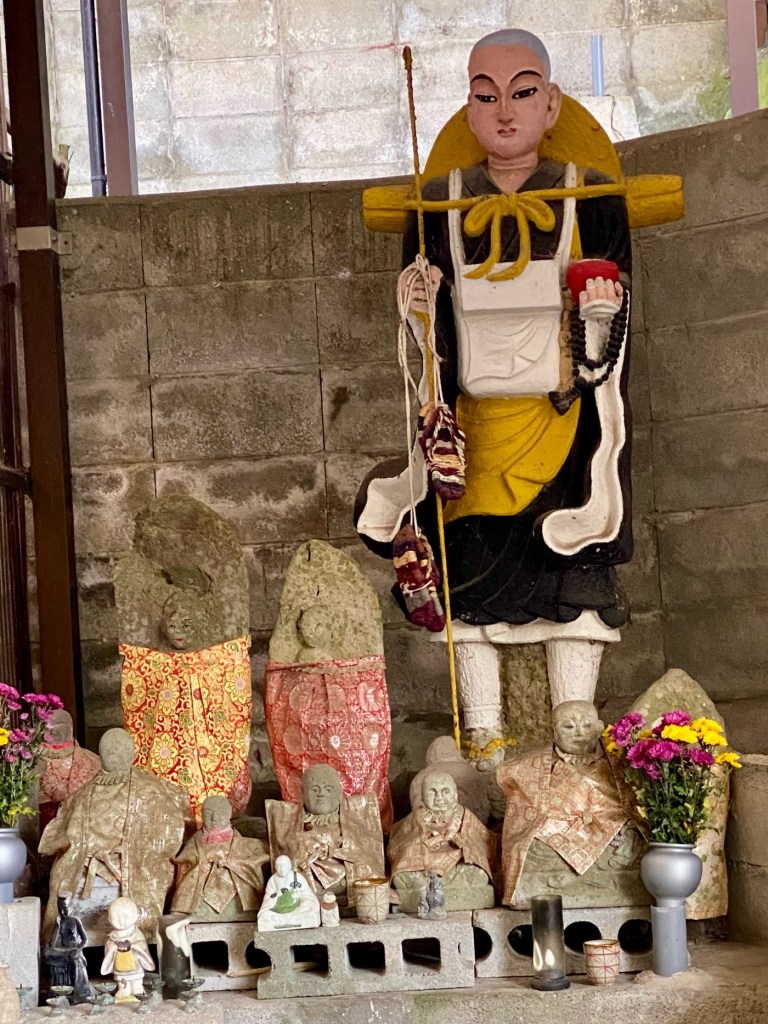
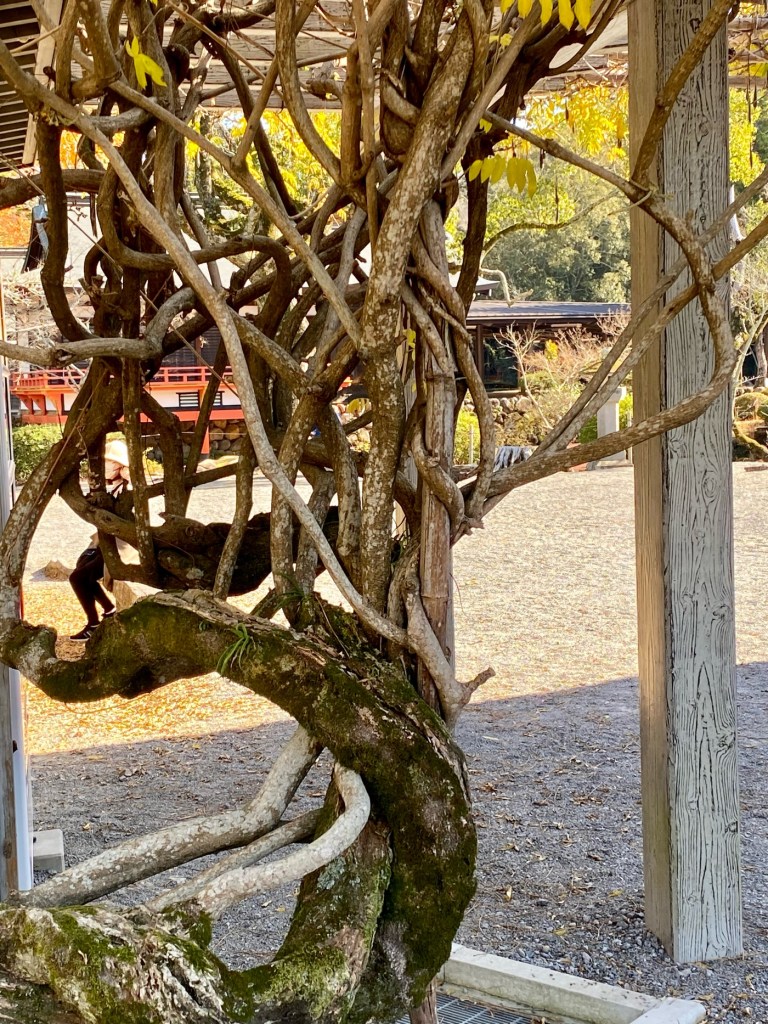 Photos From Thailand:
Photos From Thailand:
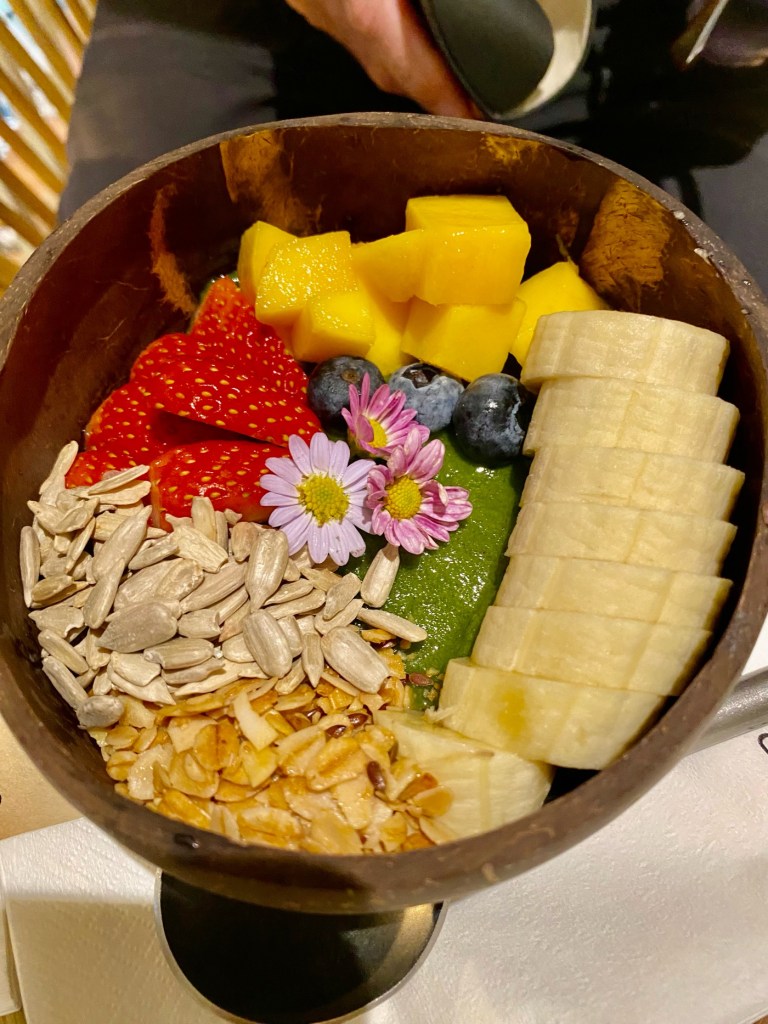
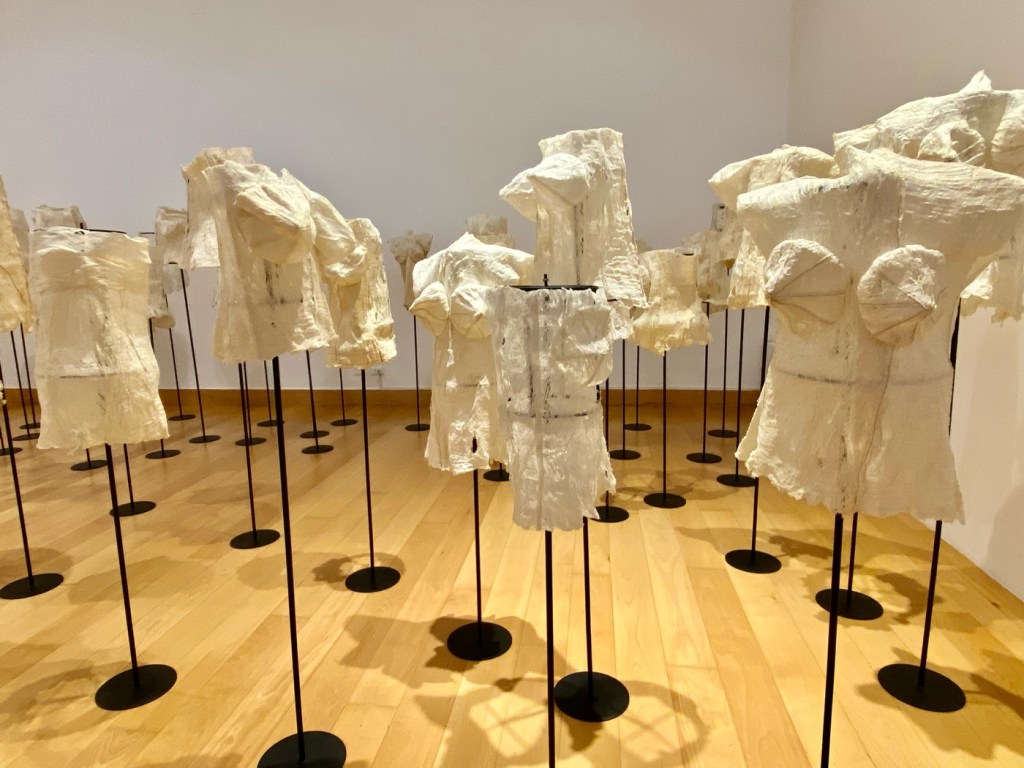
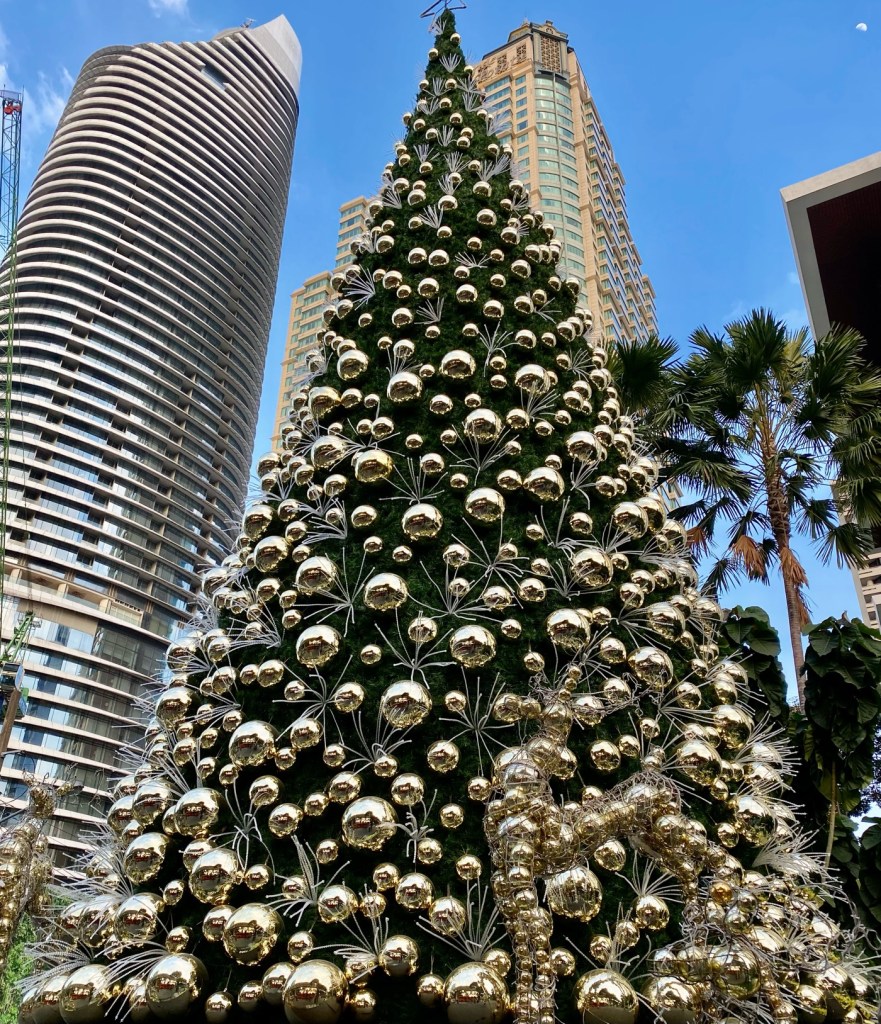
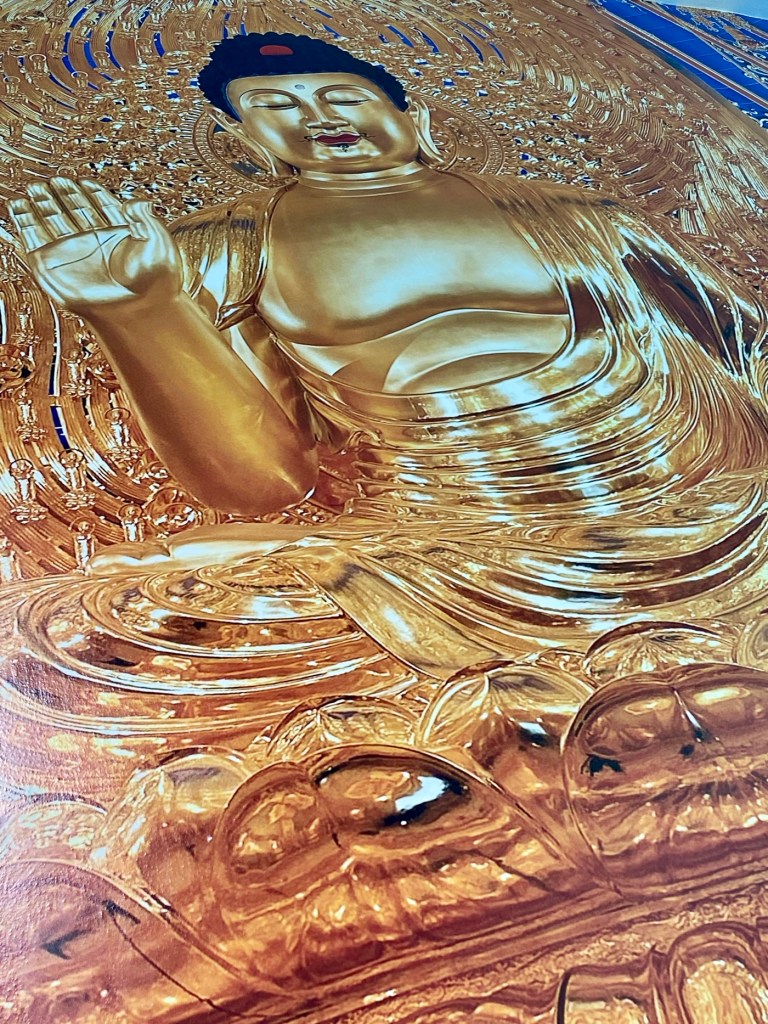
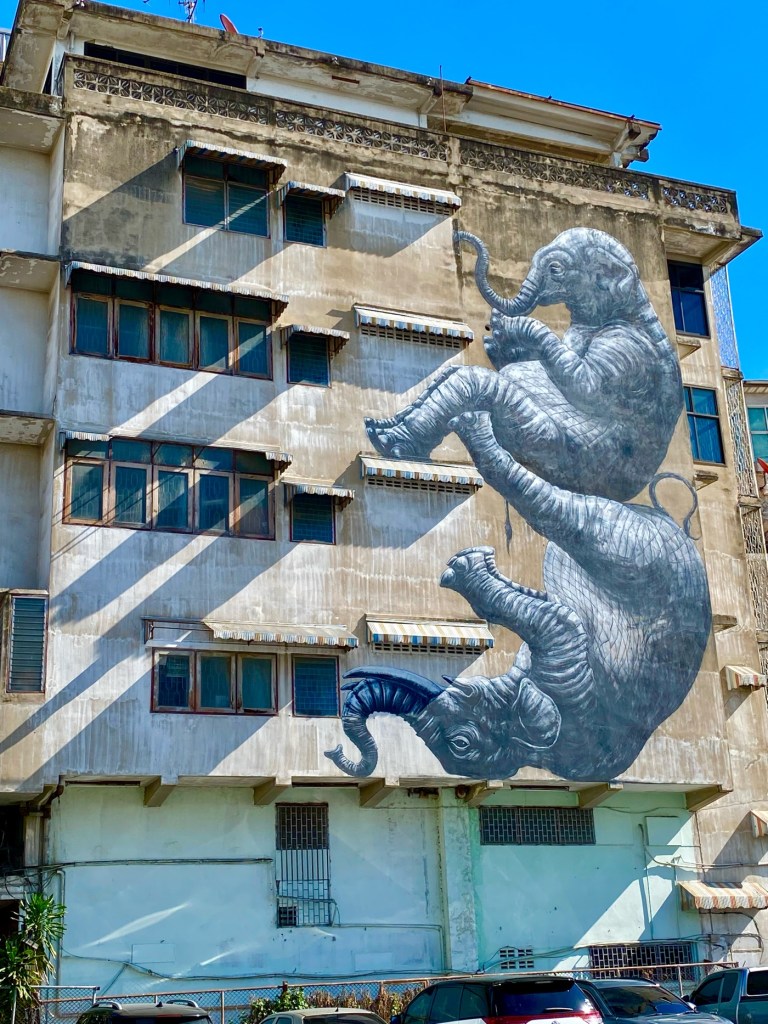
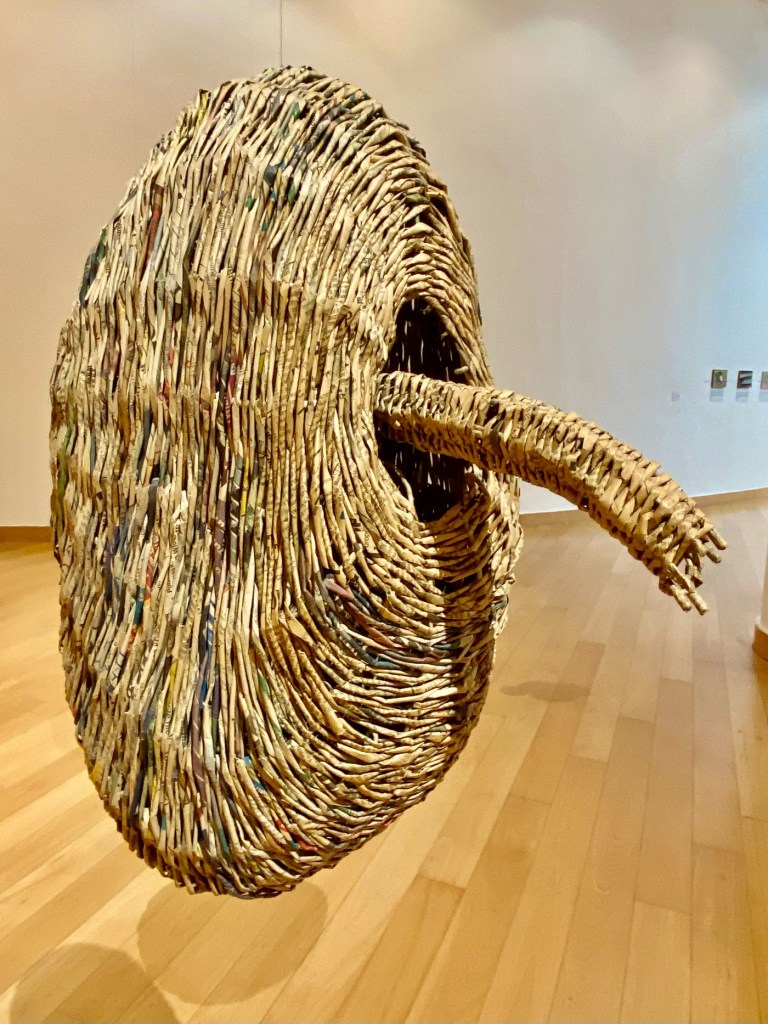
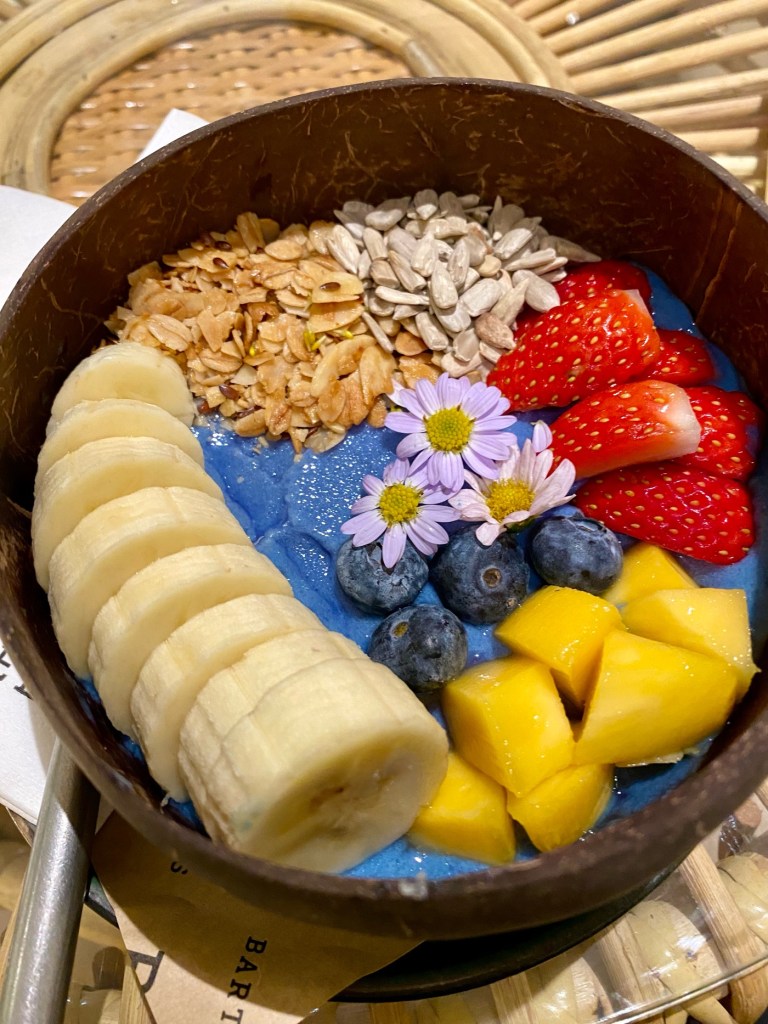
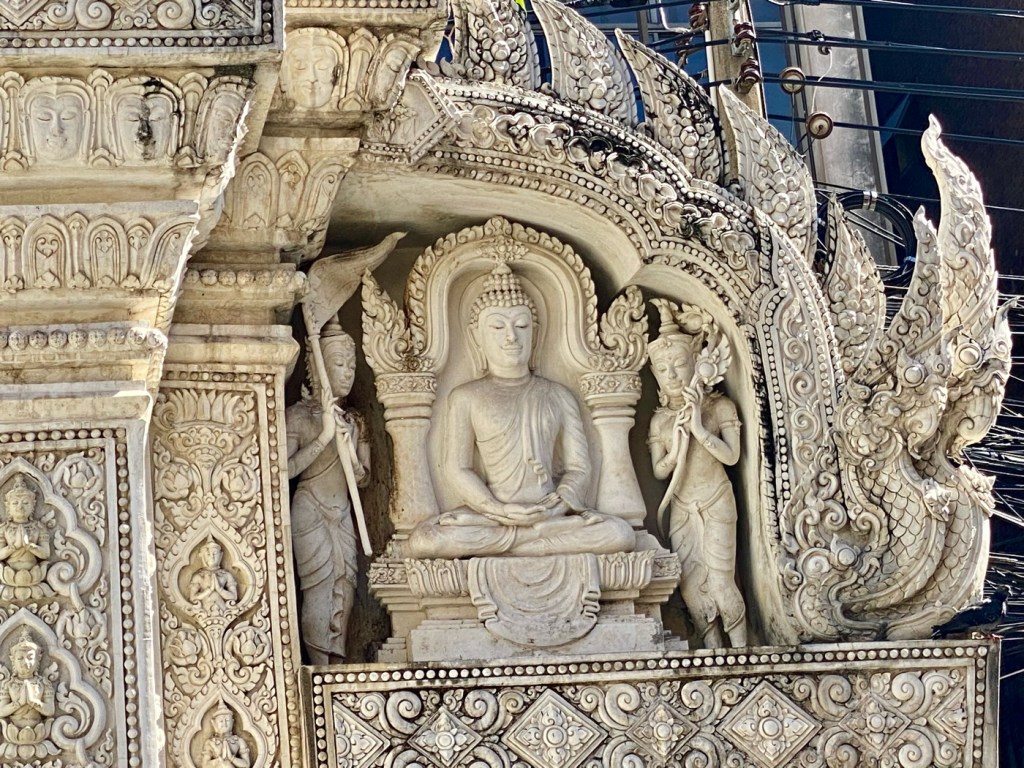
Day 84 - Afterthoughts And Conclusions From Walking The Kyushu 108 Temple Pilgrimage In Japan, And Hello From Bangkok And Bali
The first snow of the season in Kyushu fell on the day after we finished the pilgrimage.
After spending a couple of freezing days in Kita-Kyushu, we flew back to warm and wonderful Bangkok.
We were welcomed back into our apartment hotel like heroes.
Everyone was amazed by our long walk, and said that they could barely walk for twenty minutes before they would overheat and get too tired.
From the gourmet hub of Bangkok, just as the city was gearing up for the Holiday Season and New Year’s celebrations, we flew to beautiful Bali.
As we sat in all the gourmet heavenly vegan restaurants and cafes and enjoyed healthy drinks, nectars and juices, I reflected on our pilgrimage.
Each morning, Jules asks me what the plan is for the day, just like he did for the last three months on our pilgrimage.
But instead of telling him how many kilometers we need to walk, how many temples we have to visit and how we have to meet a certain train schedule at the end of the day to get to our hotel, I say that we just need to relax and sit in cafes doing nothing.
We no longer have any daily plans.
It is a big adjustment for both of us.
It was hard for us to believe that we had come to the end of our pilgrimage.
It was a very interesting journey, full of unique memories and experiences.
We felt so happy to be successful at visiting all 108 temples, no matter how remote and inaccessible some of them were.
It was not a simple pilgrimage to walk, on many levels.
First there was the physical aspect of it.
I started walking this pilgrimage with Plantar Fasciitis in both feet.
At first it was painful and I had throbbing pain that radiated up my legs all the way to my knees.
I was in pain almost daily, particularly on days when we walked around twenty kilometers.
But I got better at ignoring the pain and the pain got better over time.
Now, at the end of the pilgrimage, the pain is gone.
The plantar on the left foot has healed, and it is barely visible on the right foot.
Only if I press really hard on the bottom of my right foot, do I feel a remote echo of pain.
At first we carried our full backpacks with all our cool weather gear, which we had no chance to wear as the weather was so warm.
Then on the advice of our friend Wendy, we started shipping a box filled with the bulk of our backpacks to the hotels where we will stay ten days ahead.
It made our daily walks so much easier, and we felt very grateful to Wendy for her suggestion.
This pilgrimage was not designed for easy walking.
There were no signs to follow, and nobody can give you directions or advice.
Many local people all along our route hadn’t even heard about the temples in their own neighborhoods, and they had never heard of this pilgrimage.
Most of the temples do not line up in any coherent way that will allow a walking pilgrim to continue their journey to the next temple.
There is a lot of back and forth that needs to happen when you visit some temples and return to your hotel each night.
A wonderful aspect of this pilgrimage was that we got to meet most of the priests and priestesses who run the temples, and had intimate conversations and discussions with them.
This was heartwarming and very different from the bigger temples we visited on other pilgrimages we have walked around Japan.
The more famous temples have so many visitors daily, that they are able to employ people to work in the office and stamp visitors’ books, and we didn’t get to meet the head monks.
This pilgrimage required some knowledge of the Japanese language, as most temples did not have anyone speaking even basic English who could assist you.
The shortest route between temples is not always the most scenic route, nor the best route to take.
Often we chose to take the longer road that circled around the sea or the mountains, and was more scenic, instead of walking on the more direct commercial car road, which was shorter, but also featureless and with little to see.
We didn’t have enough time to take rest days to recover from long days of walking.
We had to recover overnight, in our sleep.
We took extra days in places that we wanted to do some sightseeing, but we often walked on those days instead of resting.
The reason for that was that this is a long pilgrimage, and we wanted to finish walking it in the allowable visa period of three months.
We didn’t want to return to Japan to finish it in later months.
Our disappointment was that we didn’t actually end up walking the whole pilgrimage.
There were days we walked less or took a train to continue walking, and didn’t return on the next day to the same station to continue walking.
I have made measurements of the distances between the temples.
The total distance according to Google Maps, is 1650 kilometers.
We ended up walking only 1403 kilometers of it.
The reality is that walking this pilgrimage in its entirety pwould most definitely have been longer than the 1650 kilometers that the measurement on the map shows.
This was because of necessary detours, road closures and the need to get to your chosen hotel every night.
If we had walked the whole length of the pilgrimage, it would have taken us much more than the three months that we were permitted to stay in Japan per visit.
There were many monotonous days of walking through indistinguishable cityscapes.
We saw the same old chain stores, chain restaurants, identical banks and shops that exist everywhere around Japan, and it sometimes created a déjà vu effect that made me feel as if we had already walked the exact same streets and that we were walking forever and getting nowhere.
Walking any long pilgrimage requires a lot of patience and endurance.
This is where stamina has to kick in.
You simply can’t give up because you are bored or feel tired.
You have to keep going and keep moving forward, even when you feel like you have reached your limits.
If you do continue walking, you will find reserves of strength and energy that you didn’t know were available to you.
Integrating your newly found strength and increased levels of endurance into your being, teaches you that you are actually more capable and stronger than you ever thought you were.
Afterwards, when this level becomes your new reality, you can again push farther, and reach even higher levels.
For me, it is important not just to walk, but to reach a level that we can walk with ease.
I don’t want to just stumble and barely get to the end of each day.
I want to enjoy the journey and have fun along the way.
It is hard to enjoy the journey if you are struggling to walk each day.
The ability to walk every day in all kinds of extreme weather, while carrying some weight in your backpack, is a good life-skill to develop.
I can’t recommend it enough.
It is vital for our health and longevity and it is so important to be strong and capable.
I believe that most people expect too little from life and from their bodies.
And by expecting too little, they get too little.
As a pilgrim, I urge you to expect more and to develop your endurance, stamina, strength, inner discipline and cheerfulness, in order to live better and expand your capabilities.
It will do you a world of good.
We wish you a million blessings and miracles in your life and for the new year.
Sending blessings to Japan and the Japanese people for a recovery and safety after the recent earthquake.
With love, peace and happiness, Tali and Jules
If you plan to do this pilgrimage, below is a website that lists the temples and their locations on an interactive map of Kyushu island:
